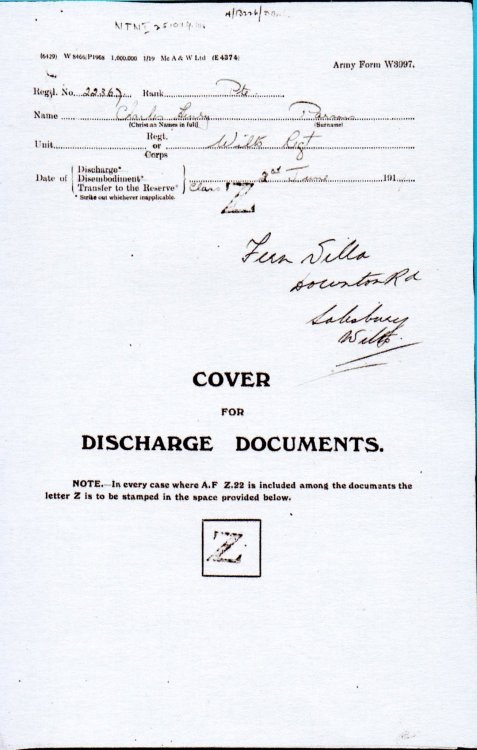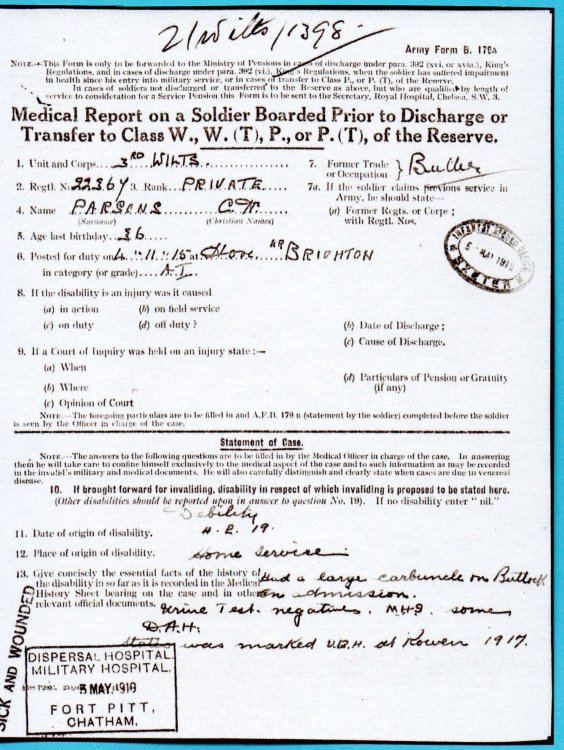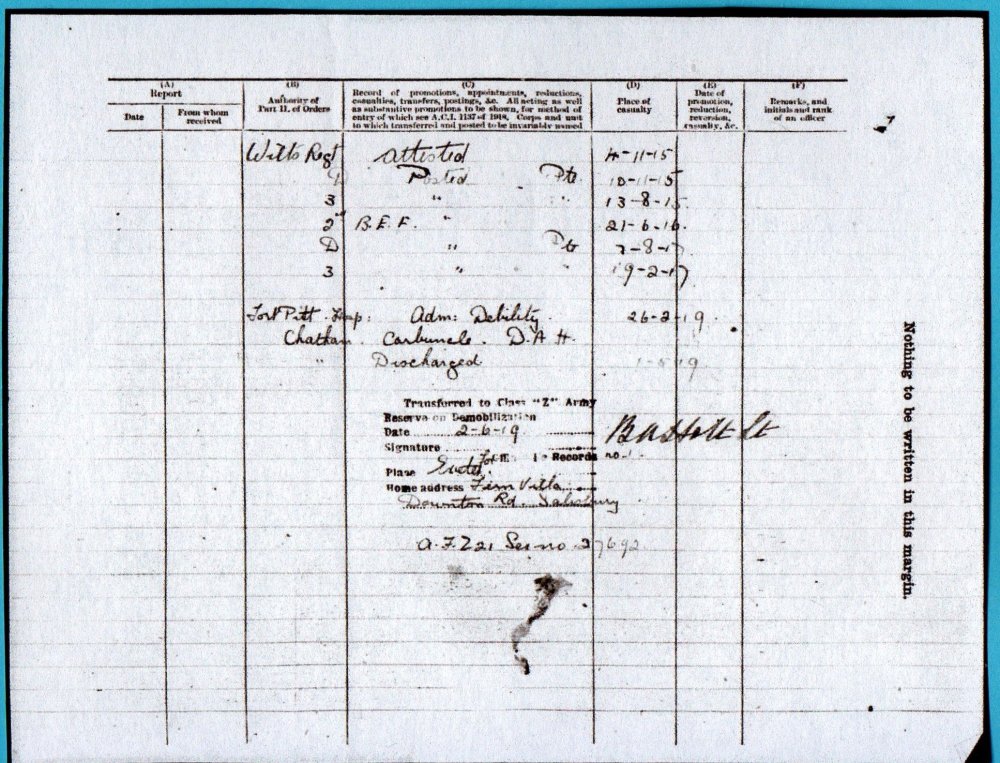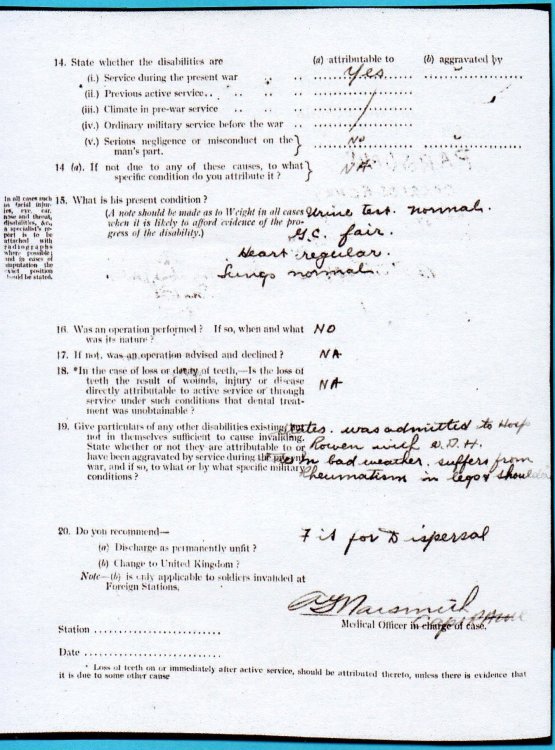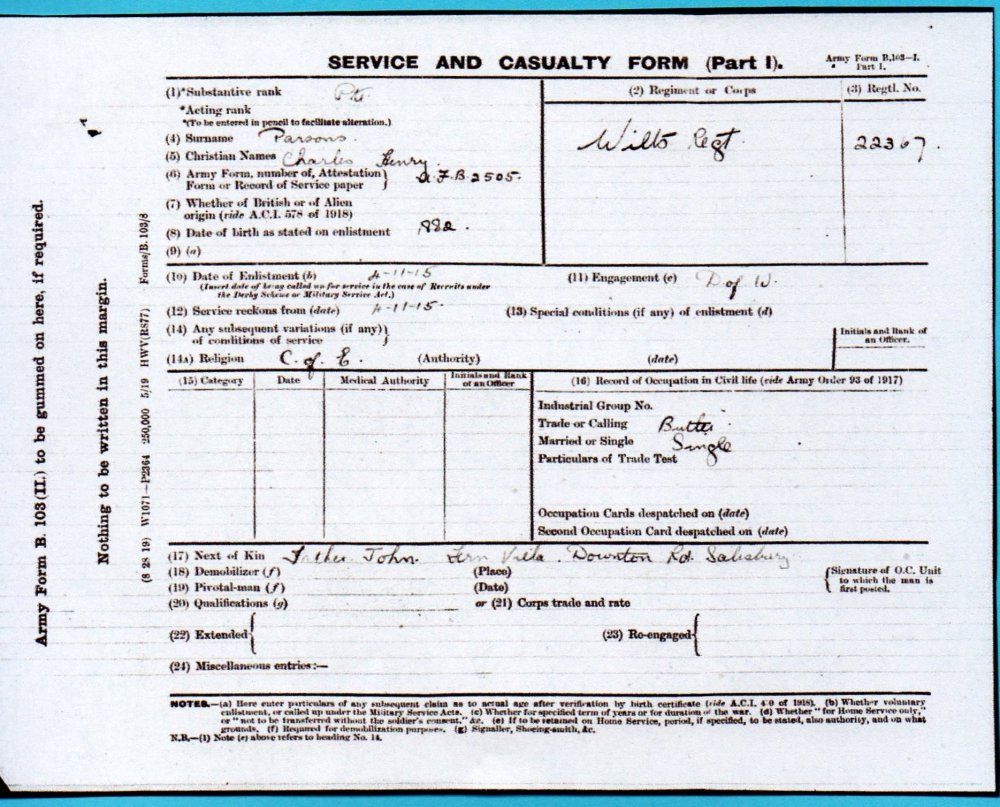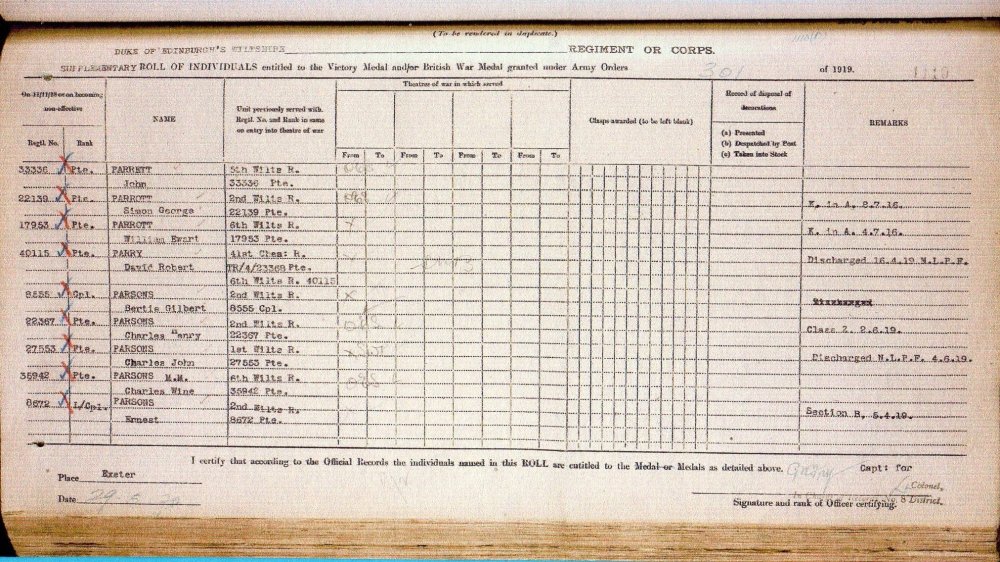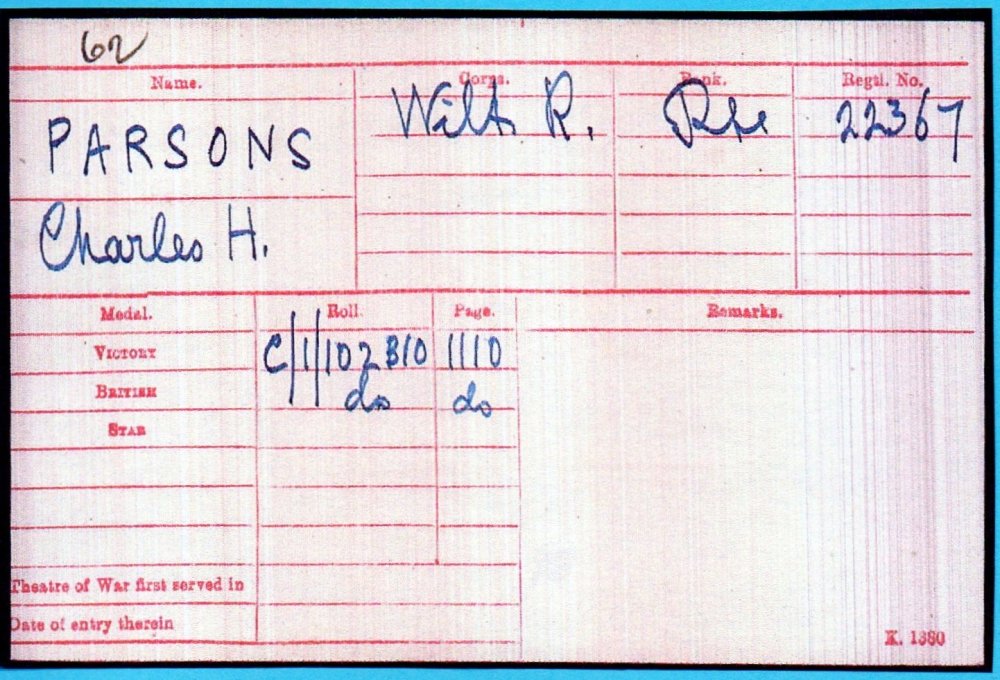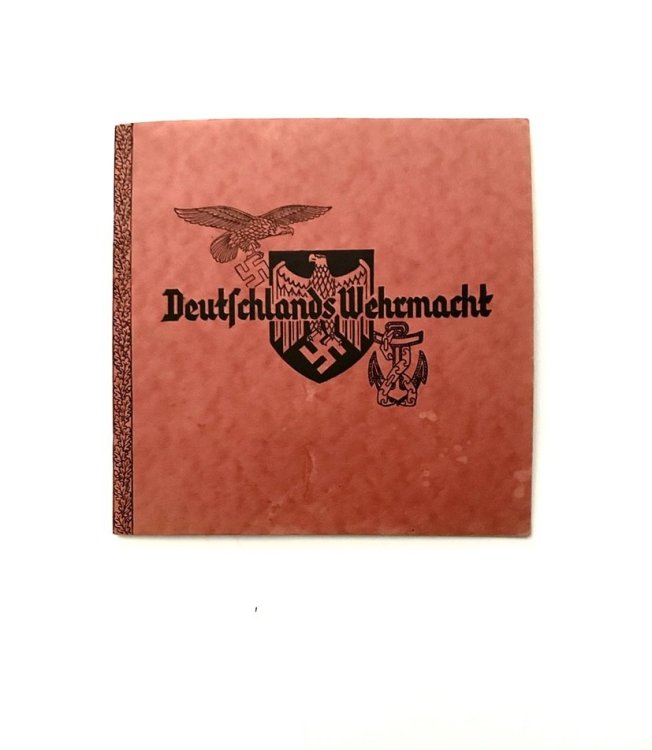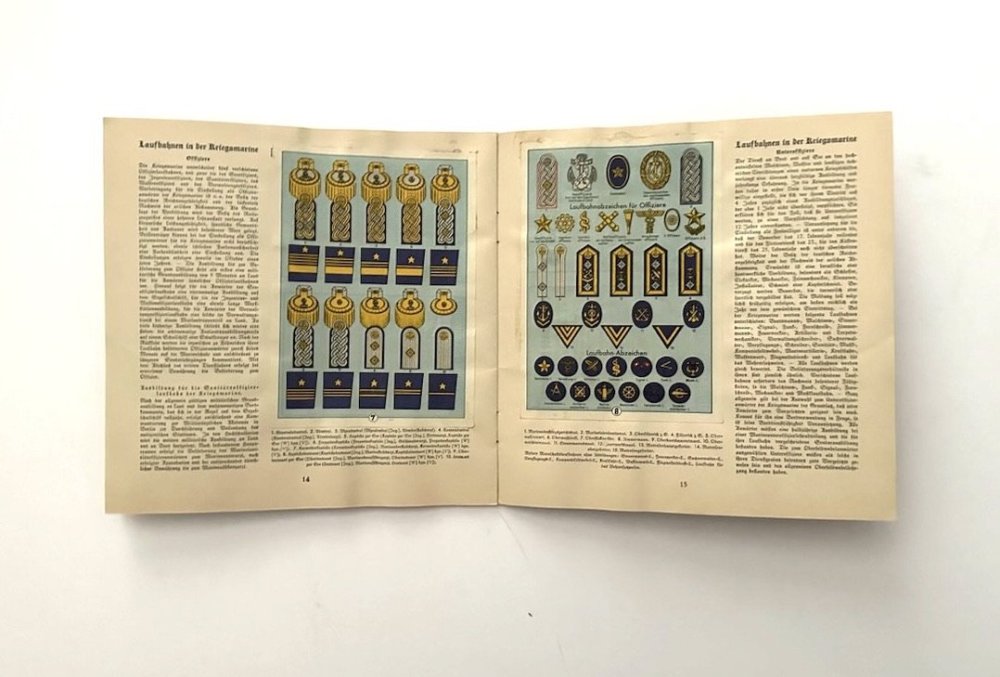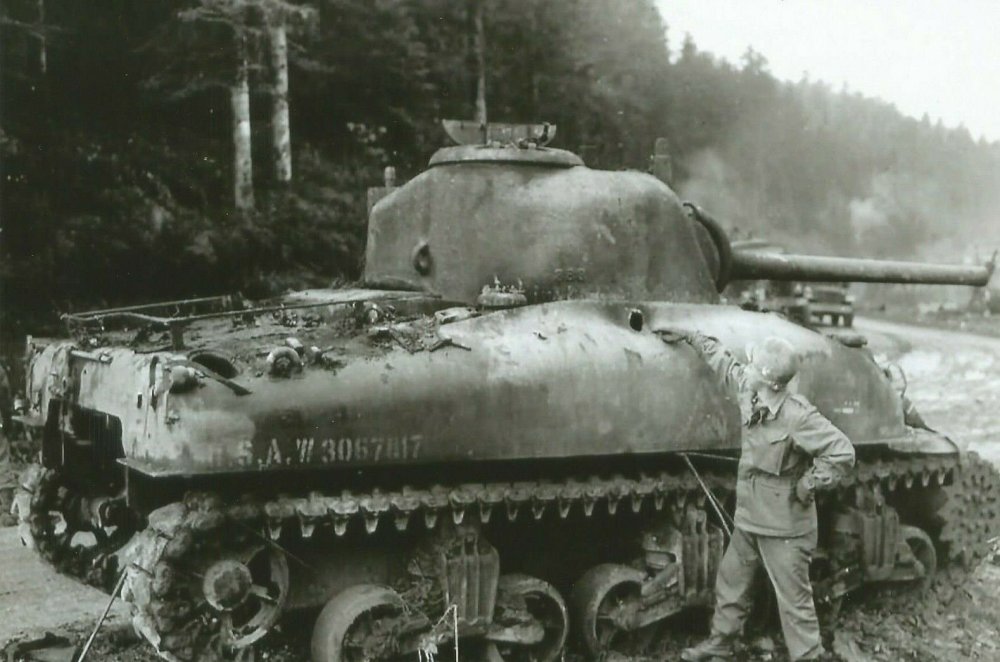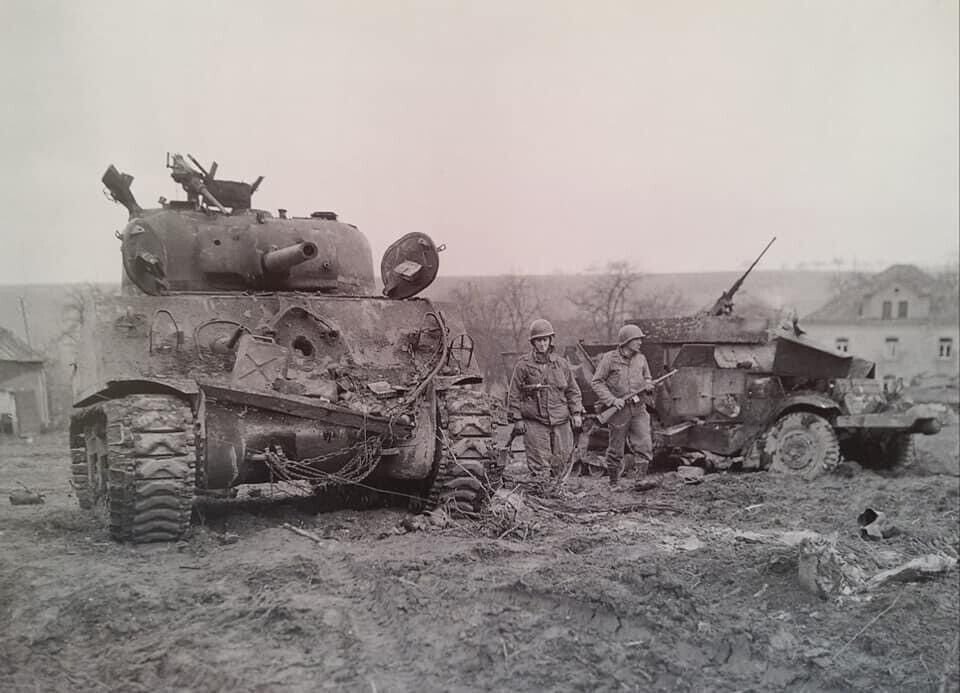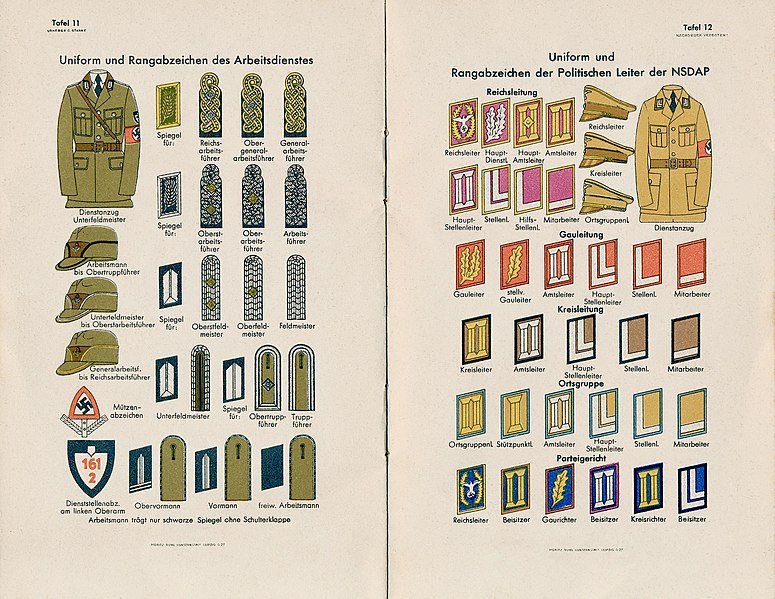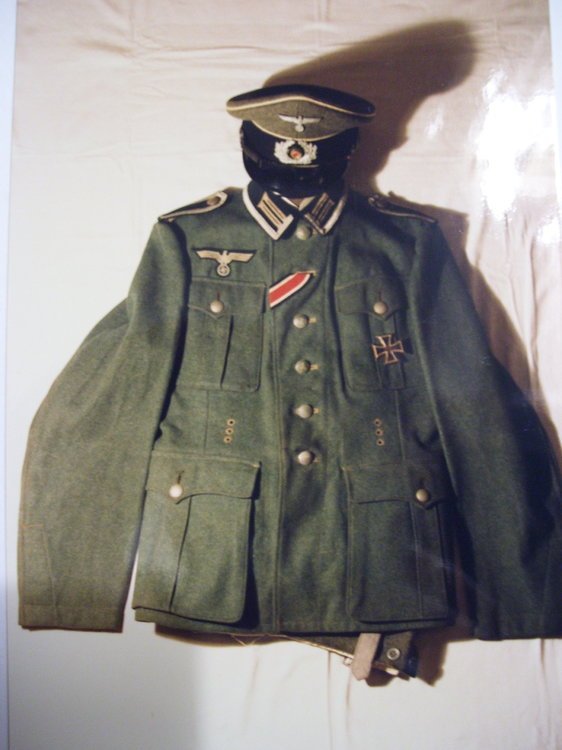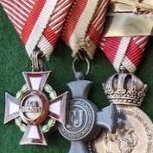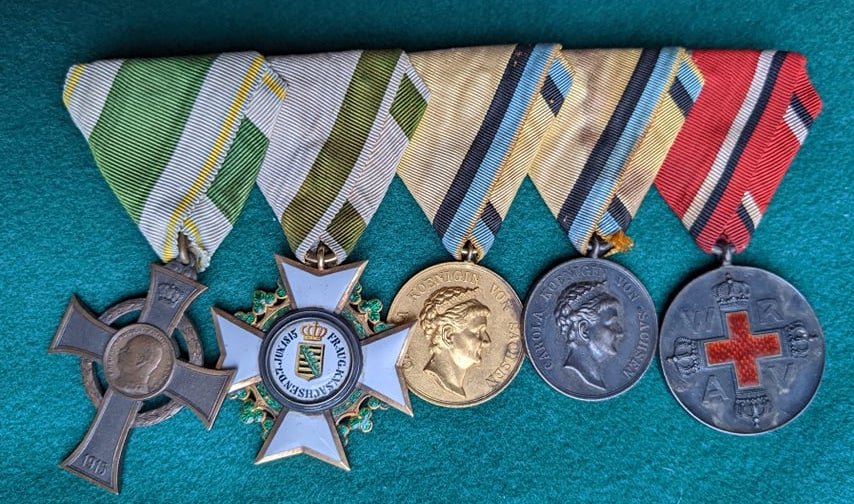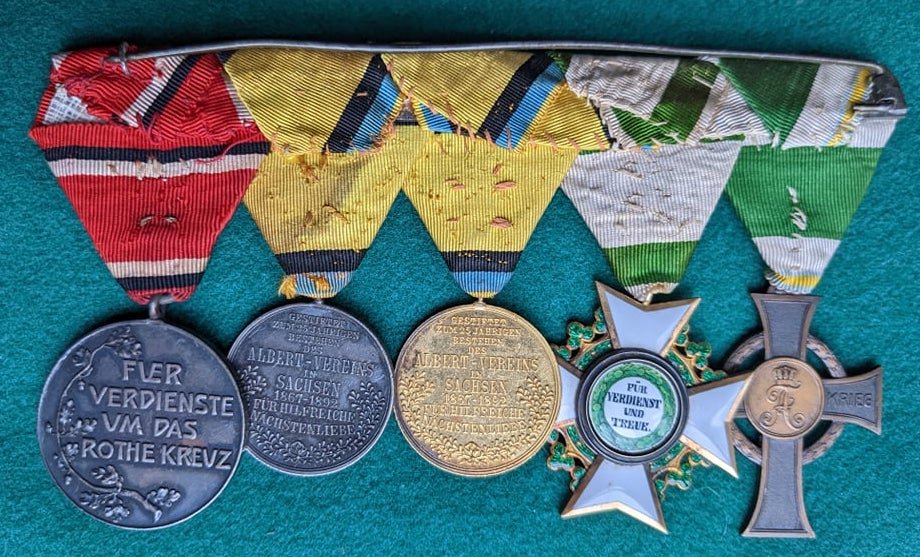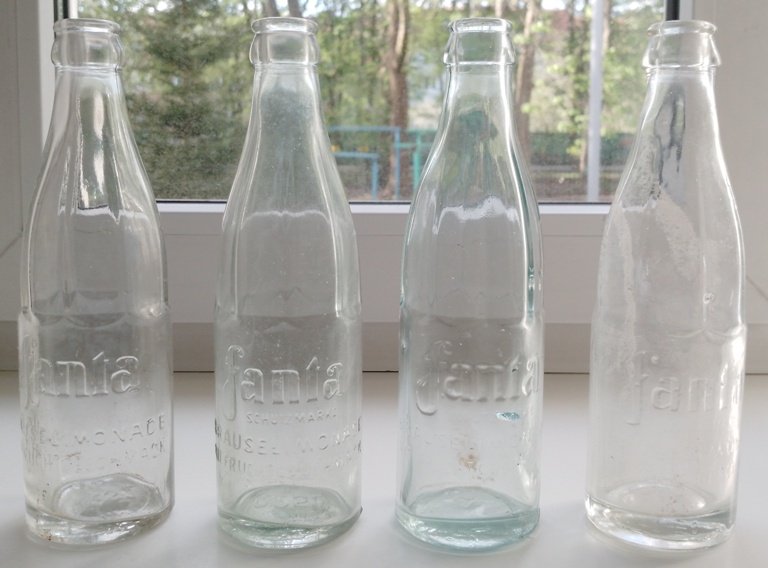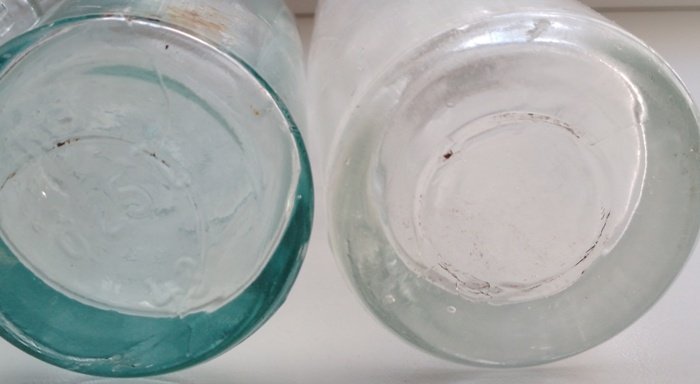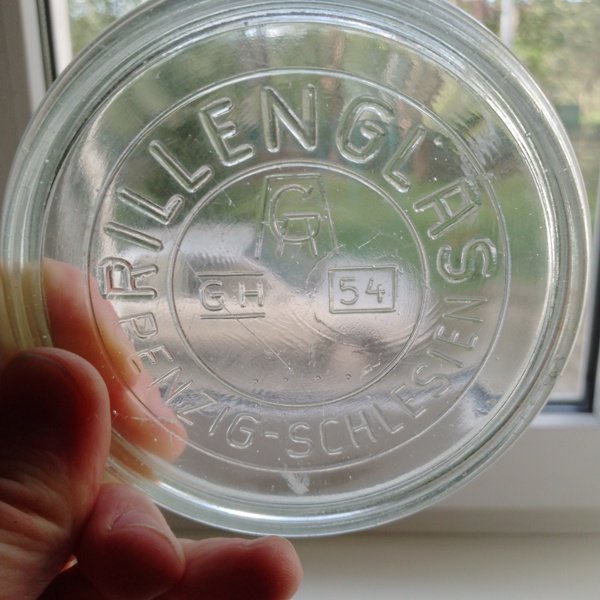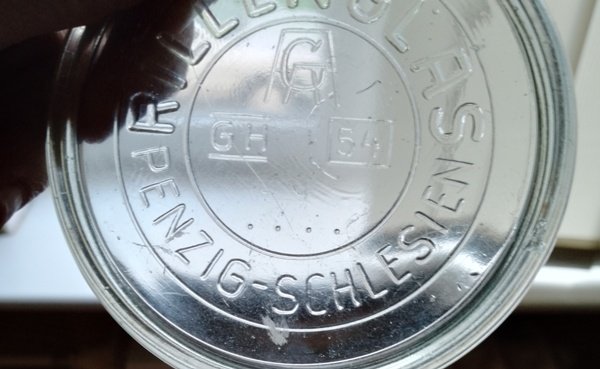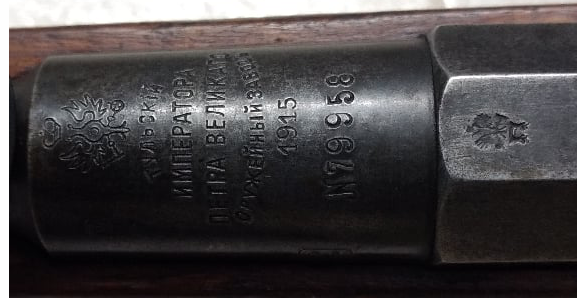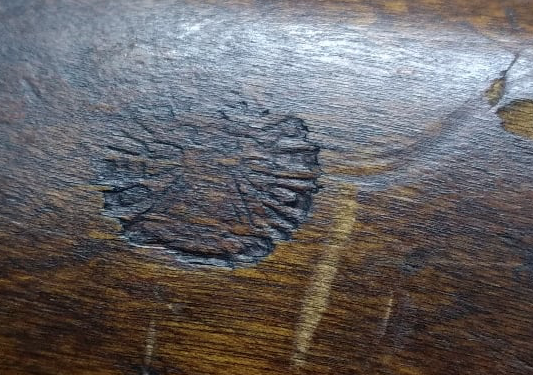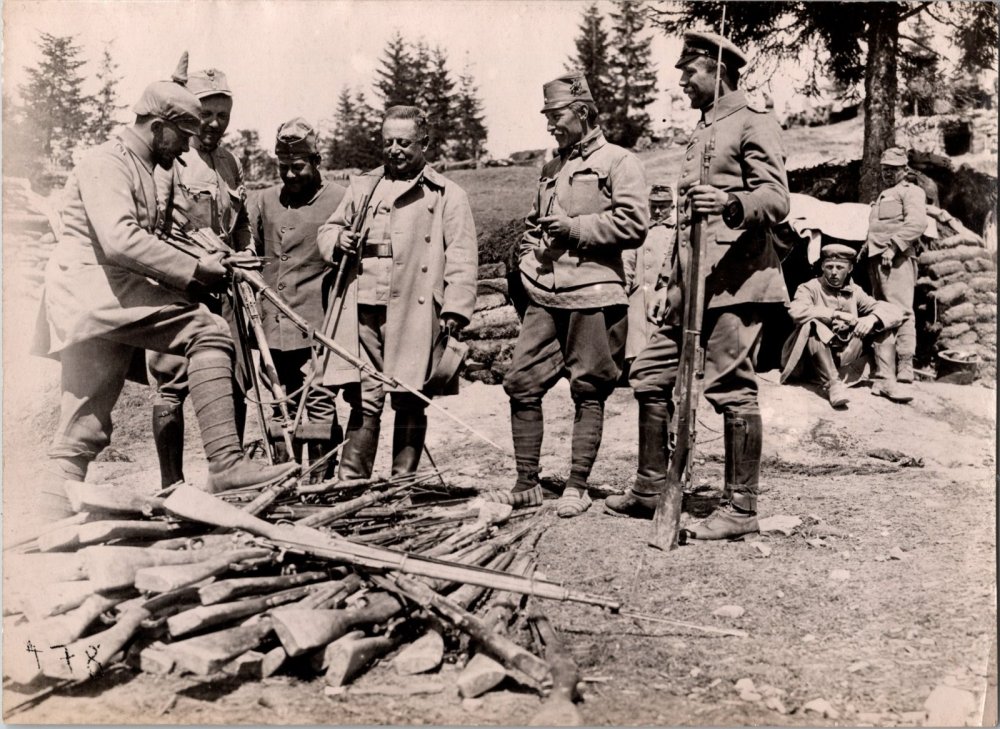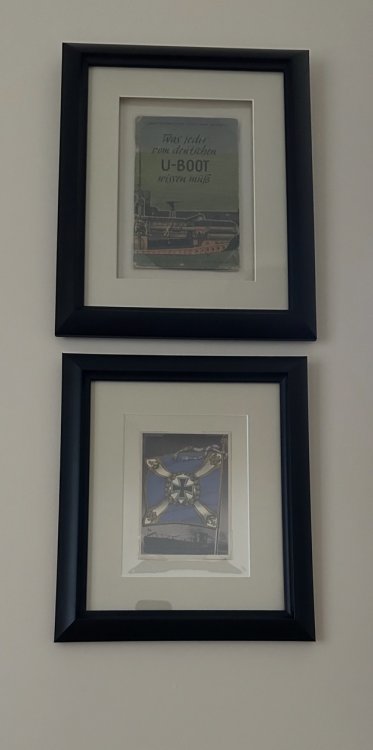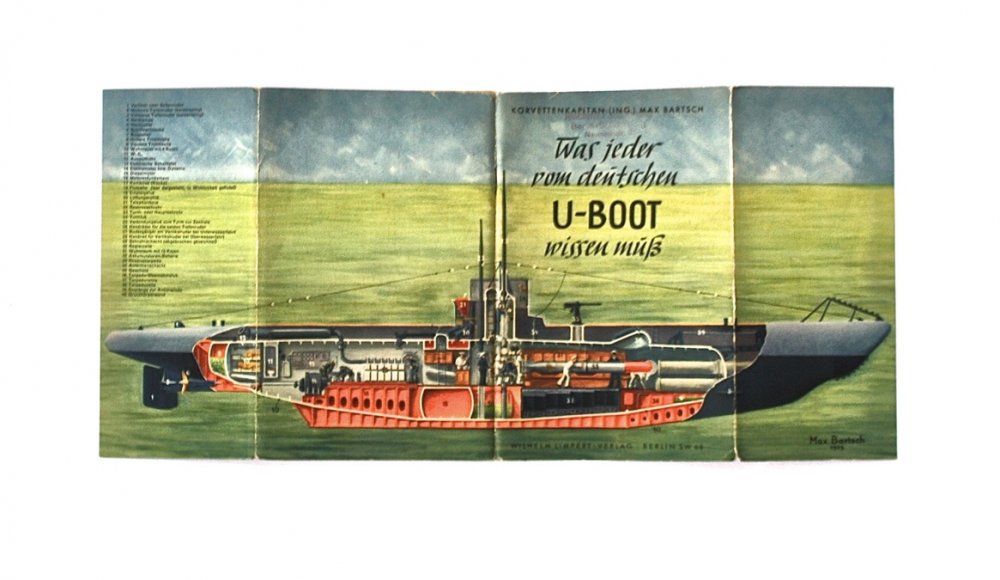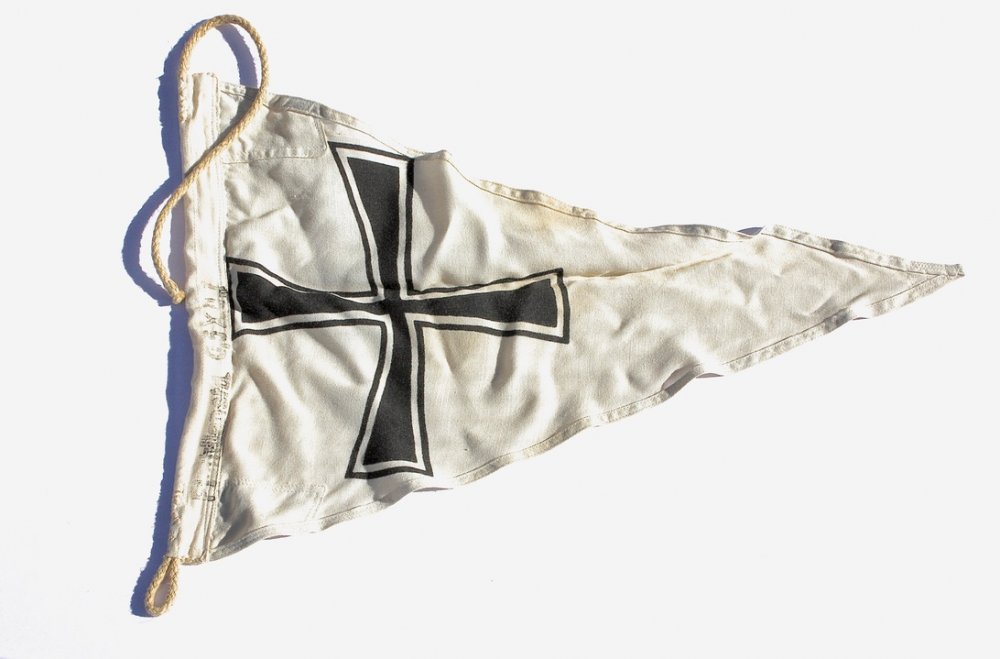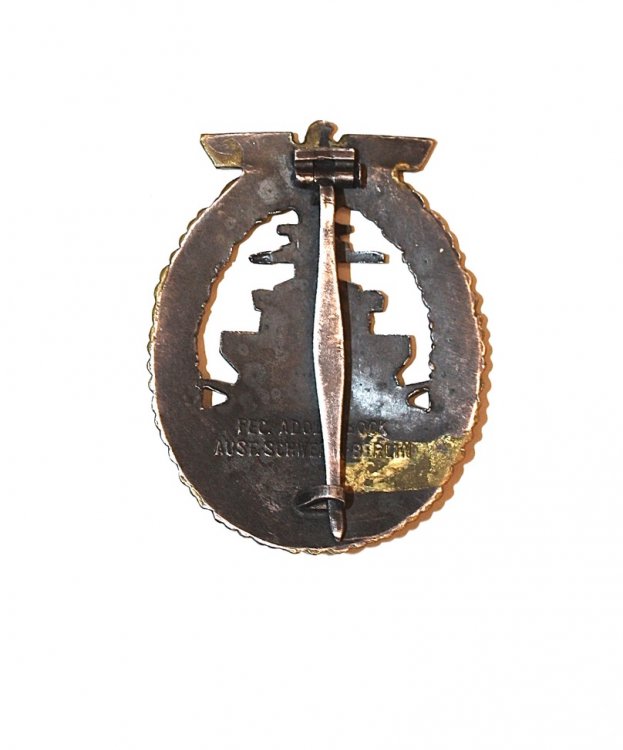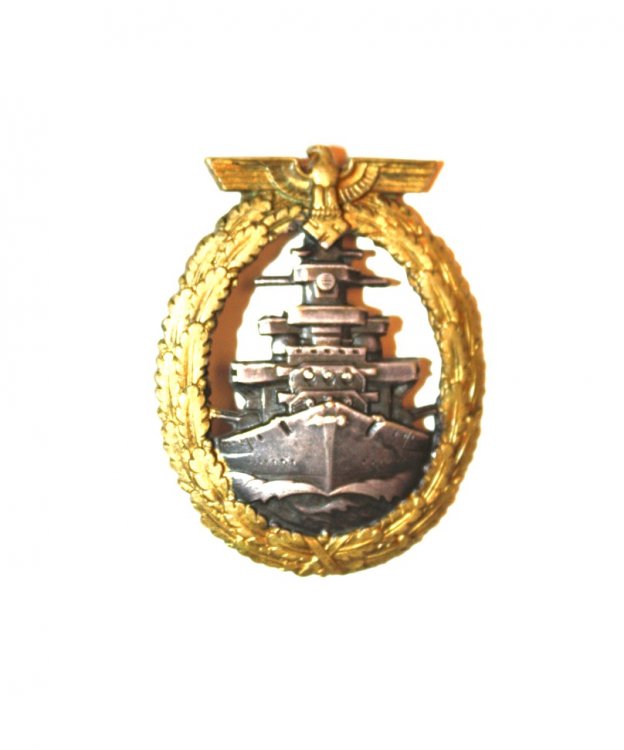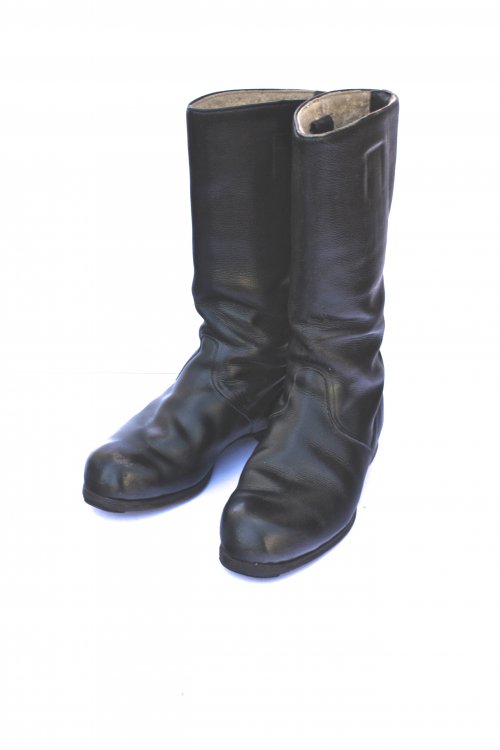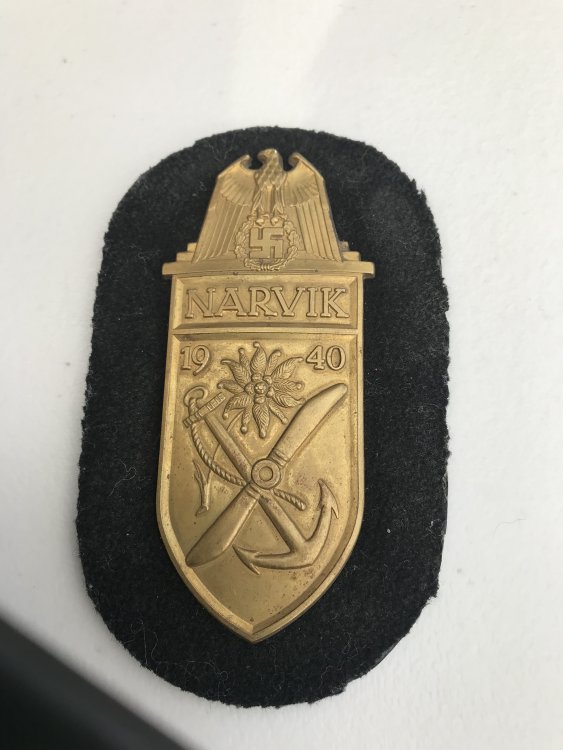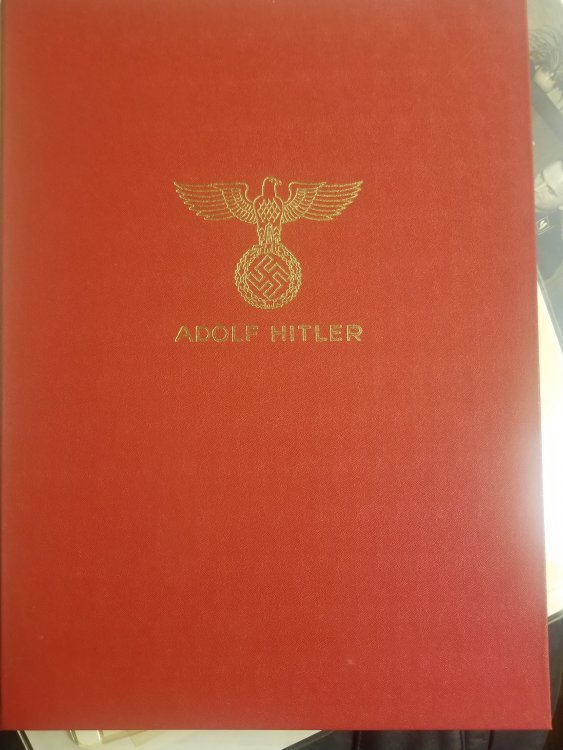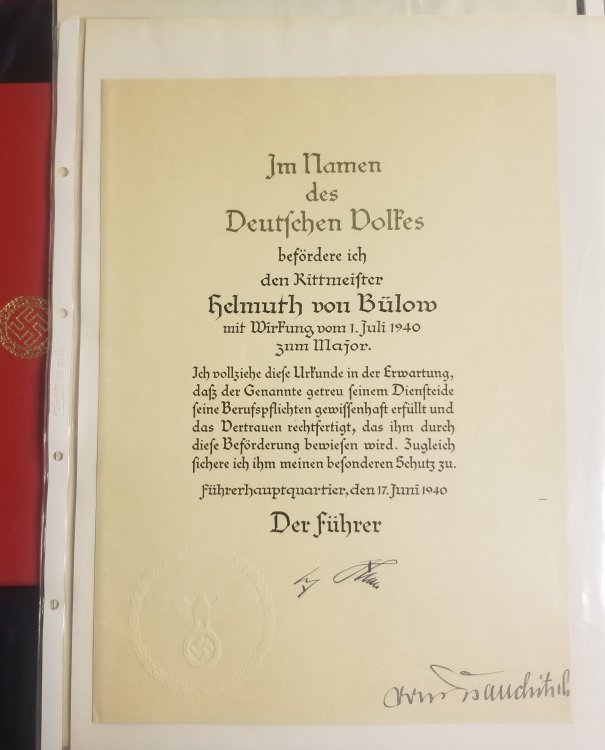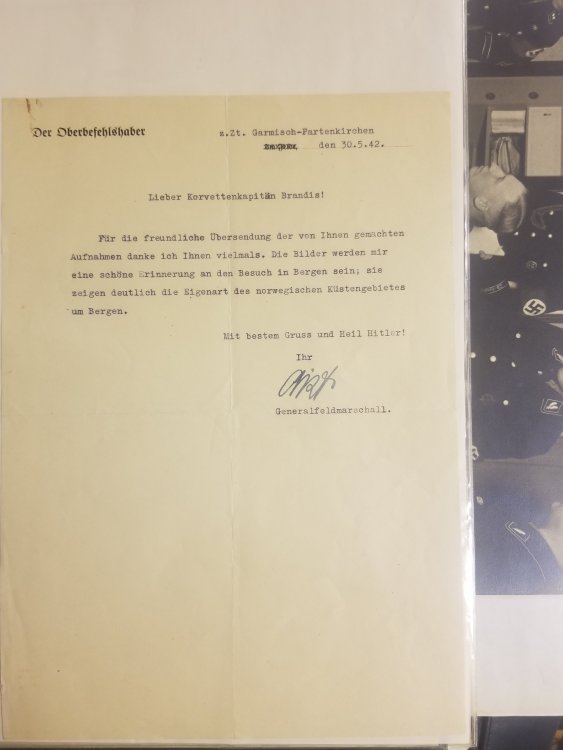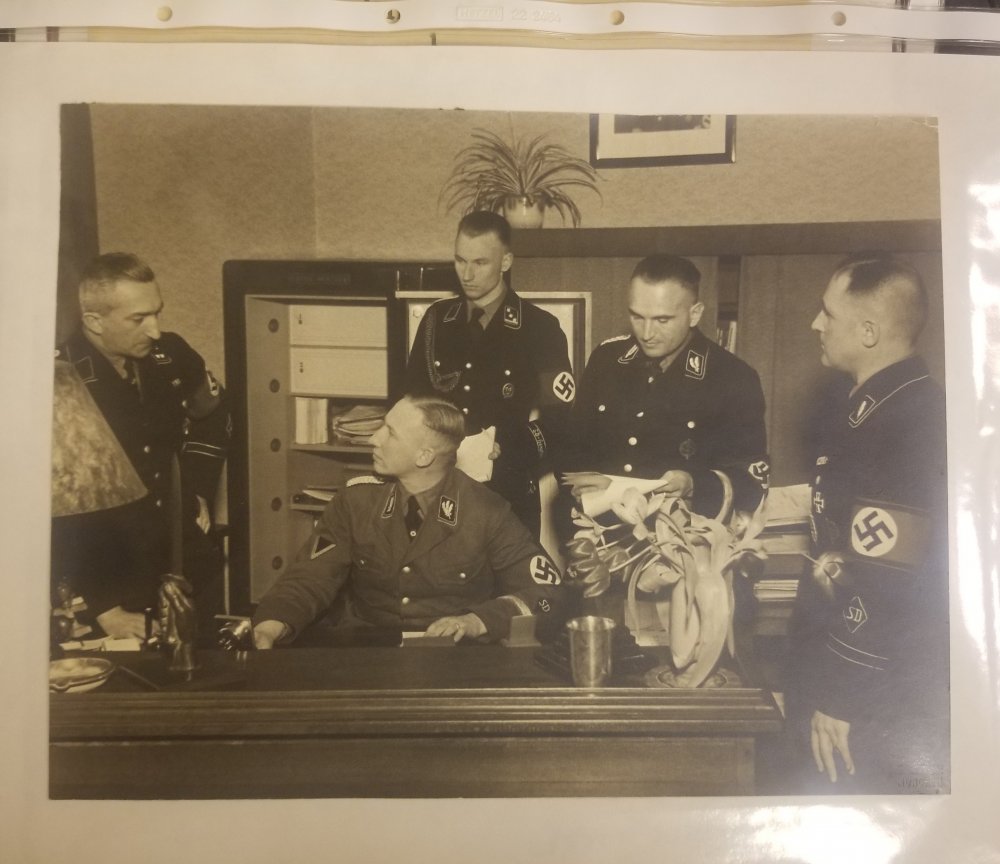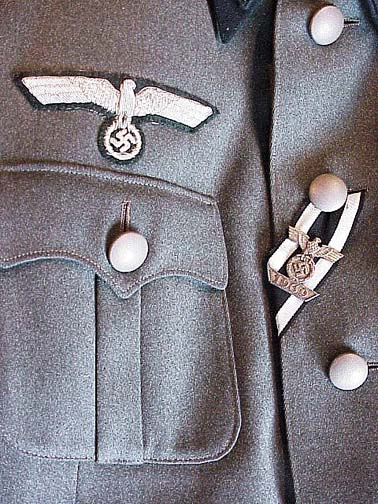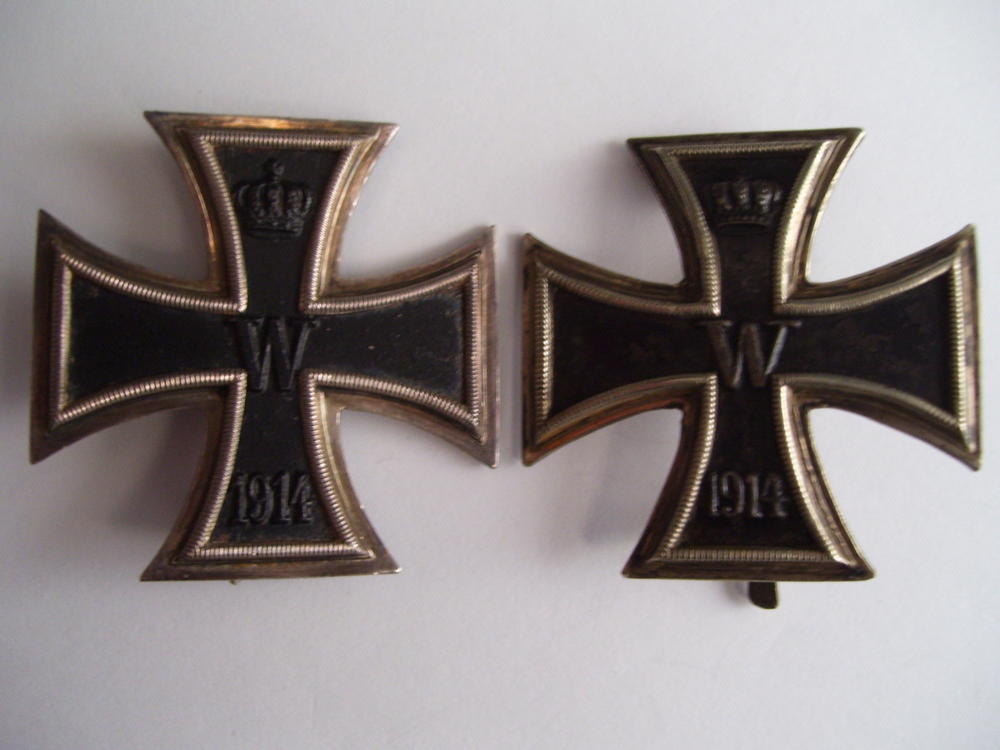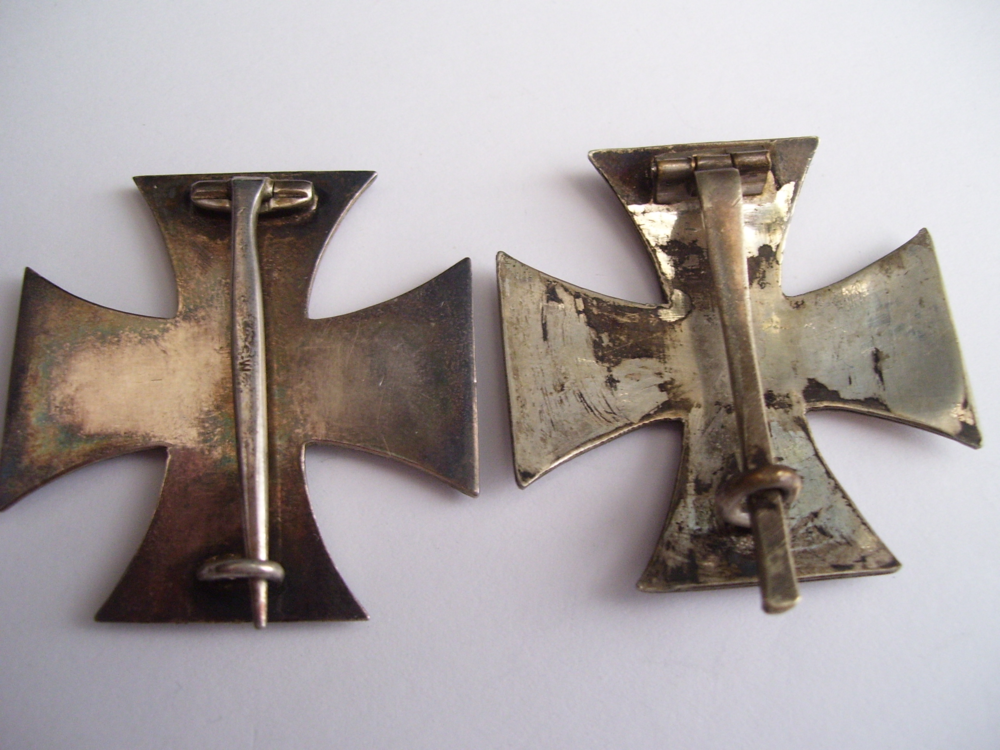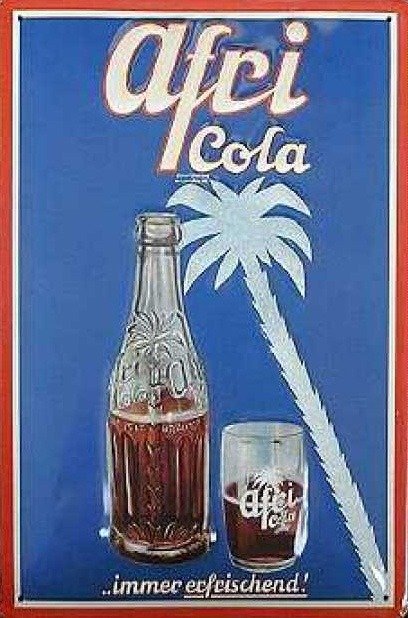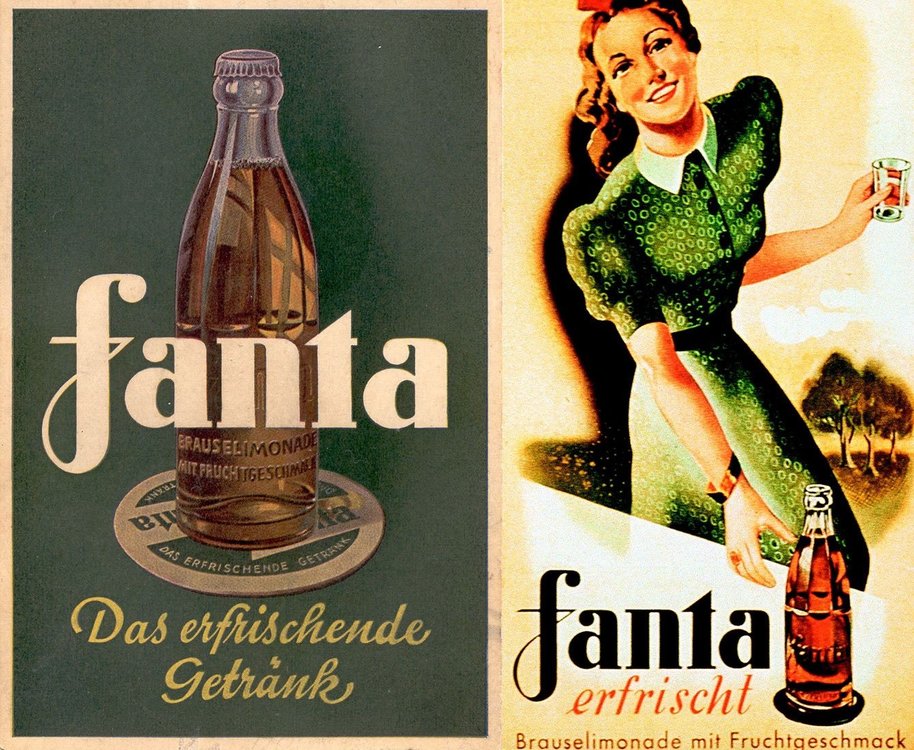Leaderboard
Popular Content
Showing content with the highest reputation since 19/02/18 in all areas
-
Here is my Deactivated WW1 Lewis Gun, this particular version was made for the Belgian Army, under contract from the Birmingham Small Arms Company (B.S.A.) in Birmingham, England. Although the Belgians did have a factory (Armes Automatiques Lewis Company at Liege) they did not make very many as most of Belgium was overrun by the Germans. The British could make 6 Lewis guns for the time and cost of making a single Vickers Machine gun. B.S.A. produced a total of 145,397 Lewis guns during World War I. The sling is a modern reproduction as real slings are extremely hard to come by. Original slings had the padding made from asbestos, so this one has a synthetic padded area that simulates the look. This weapon weighed in at 28 pounds and a fully loaded 47-round magazine was 4 pounds. Still a relatively light weapon compared to the static mounted machine guns like the U.S. made vickers (M1915) which weighed 42 pounds for the gun and another 56 pounds for the tripod. Maxim Machine guns weighed about 75 pounds as well. The big advantage of this weapon was its portability, it could be operated by a single soldier, and keep up with the infantry advances. These light machine guns were prized by the Germans who often would capture them and use them against the Allies.10 points
-
Here is a Bulgarian M36 Helmet, type C, which was the last version to be produced. Initially these helmets were made abroad, but machinery was moved to Bulgaria to allow for domestic production. The type C was introduced in 1939 and is the most numerous of the various models. The helmet is somewhat similar to the German helmets, but smaller, lighter, and a shorter brim. This particular helmet at a size 54, with the original liner, but missing the chinstrap. I found this at a local estate sale, and it was a cheap pickup.8 points
-
Here is my latest find, a VB Launcher for the US M1917 Enfield rifle. This is the twist on type, with a metal spring band to hold the sight and muzzle firmly while in operation. Un-Dug examples are very hard to find. Near the muzzle of the launcher you can see a knurled band, this was so that soldiers could feel the difference at night or in dark conditions. This version and the version for the M1903 Springfield are virtually identical, the M1903 does not have the knurled band however.8 points
-
Picture is a two-piece officer''s visor cover for junior grade from my collection of Kriegsmarine antiques. The cap has a hand-embroidered gilt wire national emblem and, cockade, as well as gold wire piping. This cap belonged to Werner Wendt (1916-1988), Captain of U-765. The U-765 was sunk in the North Atlantic on 6 May 1944 by depth charges on its first war parol. Werner and 10 crewmen survived, 37 dead. Pictured below is the underside view of the visor cap. Pictured below is the two-piece visor cover disassembled. In this configuration, a white or blue cap-covers could be worn. Because I do not like to take this cover apart, I used a photo taken years ago.7 points
-
Over 4000 views in such a short time, I think this post deserves to be pinned7 points
-
John, you have an amazing collection, really have enjoyed you sharing your items with us.7 points
-
From my collection are pictures of my Sold-Libellen KM-2 sextant with its original metal storage box. This sextant was manufactured for the Kriegsmarine by C.Plath. The SOLD KM-2 was developed for navigational use aboard U-boats and S-boats at night and/or in poor weather conditions when horizon not visible. For an in-depth review of this type of sextant, visit the link https://sextantbook.com/2013/11/04/the-sold-km2-bubble-sextant/. A view of KM-2 stored in its metal metal box. Note several accessories from the storage box are missing, but the original inventory label is present on inside of one of the two lids (not pictured). Top of metal storage box with access secured with side latches. The handle sides of KM-2 Sextant were the identification plate was once mounted but removed. View of the dial side of KM-2 sextant. The plate on dial is marked J.B., indiscernible mark, Geprütt Deutsche Seewarte (German Naval Observatory). Another view of dial side of KM-2 sextant. Topside view KM-2 sexton.7 points
-
7 points
-
7 points
-
7 points
-
7 points
-
7 points
-
7 points
-
Hi John333, It took me a long time to find a DECENT Ostfront medal. My advice would be to go for the shown medal if the price is reasonable to you as it is quite a nice example. Especially as it has a makers mark on the suspension ring. You can always keep looking for a better conditioned one and upgrade at a later date. So, if you don't have one yet, go for this one with an eye to upgrade at some point in the future. REALLY GOOD examples of this badge do not come up very often, and when they do they are snapped up quickly!7 points
-
7 points
-
Fritz: The answer to your question "I assume the buttons on the leather crew jacket are probably of gilded glass? " is "No." All the buttons on the black leather jacket in my collection are of two-piece metal construction with a fouled anchor gilt front and the backs are marked BESONDERS HALTBAR 'Particularly Durable' with makers symbol. A black leather jacket like mine with gilt fouled anchor buttons can be seen below on page 263 of Volume 2, Die Kriegsmarine Uniforms and Traditions by John R. Angolia and Adolf Schlicht. Pictured below is the back of a two-piece metal fouled anchor button on my black leather jacket. Note that various manufactured produced buttons that were used in making black leather jackets for the Kriegsmarine. Along with my black leather jacket having metal gilt buttons pictured below, note that this jacket has the Kriegsmarine ordnance mark (Eagle over M) between two fouled anchor buttons. The Kriegsmarine proof mark like the one on my jacket is pictured below on page 265 of Volume 2, Die Kriegsmarine Uniforms and Traditions by John R. Angolia and Adolf Schlicht. The collar of the neck was closed up by a metal clasp like the one below on my jacket. Note the front corner of the low standing collar are rounded and the button holes are reenforced with a narrow leather trim. Pictured is the interior of my jacket, which is lined with wool. Also I have enclosed a picture of the back of this jacket. For further information I havedenclosed page 288 of Deutche Kriegsmarine Uniforms, Insignia and Equipment of the German Navy 1933-1945 by Eduardo Delgado.7 points
-
Hi Eddie, I'm afraid the serial number is just a batch number so would not identify the U boat. Sometimes you will find the letter N which would identify them as belonging to the German Navy North Sea Fleet. Sorry can't help much more. Here is a list of the makers codes but no list of serial numbers as far as I'm aware. b e h ERNST LEITZ. WETZLAR GERMANY b e k HENSOLDT WERK FUR OPTIK UND MECHANIK HERBORN GERMANY b l c CARL ZEISS, MILITARABTEILUNG JENA JENA GERMANY b m h JIRASEK (not in Walter) PRAGUE CZECH b m j M. HENSOLDT & SOHNE, A.G. WETZLAR GERMANY b m t C. A. STEINHEIL SOHNE, GmbH MUNICH GERMANY b p d C. P. GOERZ, GmbH VIENNA AUSTRIA b v f C. REICHERT VIENNA AUSTRIA b y g JOH. WYKSEN, K.G. KATTOWITZ POLAND b z z I.G.-FARBENINDUSTRIE, CAMERAWERK MUNICH GERMANY c a d KARL KAHLES (telescopic sights) VIENNA AUSTRIA c a g D. SWAROVSKI WATTENS/TIROL AUSTRIA c a u KODAK AKTIENGESELLSCHAFT, DR. NAGEL WERK STUTTGART GERMANY c c x OPTISCHE UND FEINMECHANISCHE WERKE, HUGO MEYER & CO. GOERLITZ GERMANY c l b DR. F. A. WOHLER KASSEL GERMANY c l n ED. SPRENGER BERLIN GERMANY c r h FRANZ SCHMIDT & HAENSCH BERLIN GERMANY c r n HANSEATISCHE WERKSTATTEN FUR FEINMECHANIK UND OPTIK, FRIEDRICHS & Co. HAMBURG GERMANY c r o R. FUESS, formerly J. G. GREINER & GEISSLER BERLIN GERMANY c x n EMIL BUSCH, A.G. RATHENOW GERMANY d d v OCULUS (optometrist equipment, possibly gunsights) BERLIN GERMANY d d x VOIGTLAENDER & SOHN, A.G. BRAUNSCHWEIG GERMANY d k l JOSEF SCHNEIDER KREUZNACH GERMANY d o q DEUTSCHE SPIEGELGLAS A.G. (telescopes, lenses) LEINE GERMANY d o w WAFFENWERKE BRUNN A.G. (1943-OPTICOTECHNA GmbH) PRERAU CZECH. d p g ADOX KAMERAWERK GmbH (cameras) WIESBADEN GERMANY d p v ZEISS IKON A.G. DRESDEN GERMANY d p w ZEISS IKON A.G. GOERZWERK BERLIN GERMANY d p x ZEISS IKON A.G., CONTESSAWERK STUTTGART GERMANY d y m RUNGE & KAULFUSS RATHENOW GERMANY d y s HEINRICH ZEISS, UNIONZEISS K.G. ('apparently optical' BERLIN GERMANY d z l OPTISCHE ANSTALT OIGEE GmbH BERLIN GERMANY e a f MECHANOPTIK GESELLSCHAFT FUR PRAZISIONSTECHNIK, AUDE & REIPERT BABELSBERG GERMANY e a w R. WINKEL GmbH GOETTINGEN GERMANY e e d KURBI & NIGGELOH (photographic equipment) RADEVORMWALD GERMANY e s o G. RODENSTOCK MUNICH GERMANY e s u STEINHEIL SOHNE GmbH (telescopes & optics) MUNICH GERMANY e u g OPTISCHE PRAZISIONS WERKE GmbH WARSAW POLAND f c o SENDLINGER OPTISCHE GLASWERKE GmbH BERLIN GERMANY f j t PHOTOGRAMMETRIE GmbH (aerial recon. cameras) MUNICH GERMANY f l n FRANZ RAPSCH A.G. (sights, often subcontractor to Busch) RATHENOW GERMANY f v s SPINDLER & HOYER K.G. GOTTINGEN GERMANY f v x BECK & SOHNE KASSEL GERMANY f w r OPTISCHE ANSTALT SAALFELD GmbH SAALFELD GERMANY f x p HANS KOLLMORGEN GmbH BERLIN GERMANY g a g F. MOLLENKOPF STUTTGART GERMANY g k p RUF & Co., formerly CARL SCHUTZ KASSEL GERMANY g u g UNGARNISCHE OPTISCHE WERKE A.G. BUDAPEST HUNGARY g u j WERNER D. KUEHN BERLIN GERMANY g w v ERNST PLANK NURNBERG GERMANY g x l FRANKE & HEIDECKE (photographic equipment) BRAUNSCHWEIG GERMANY g x p HOMRICH & SOHN (photographic equipment) h d v OPTISCHE WERK OSTERODE GmbH OSTERODE GERMANY h f o VALENTIN LINHOF OHG (photographic equipment) MUNICH GERMANY h k m CARL BRAUN KG NURNBERG GERMANY h n a KORELLE WERKE, G.H. BRANDTMANN & Co. (photographic) DRESDEN GERMANY h r w HOH & HAHNE (photographic reproduction equipment) LEIPZIG GERMANY h w t IHAGEE KAMERAWERK, STEENBERGEN & Co. (cameras) DRESDEN GERMANY h x h A. KRUSS HAMBURG GERMANY j f n TETENAL PHOTOWERK, Dr. TRIEPEL, K.G. (photographic equipment) BERLIN GERMANY j f p DR. CARL LEISS BERLIN GERMANY j n h F. TUTEMANN (lens holders & optical equipment) LUDENSCHEID GERMANY j o n VOIGTLANDER-GEVAERT (cameras) BERLIN GERMANY j u x NEDINSCO, NEDERLANDSCHE INSTRUMENTEN, (vehicle & aircraft instruments?) VENLO NETHERLANDS j v e ERNST LUDWIG WEIXDORF GERMANY j x n HELMUT KORTH BERLIN GERMANY k h c OTTO HIMMLER (microscopes, optical equipment) BERLIN GERMANY k l n ERNST & WILHELM BERTRAM (photographic equipment) MUNICH GERMANY k n a DER ROBOT, BERNING & Co., K.G. (photographic equipment) DUSSELDORF GERMANY k q c JOS. SCHNEIDER & Co., K.G. GOETTINGEN GERMANY k r q EMIL BUSCH A.G. (assembled from foreign components) RATHENOW GERMANY k w c GAMMA FEINMECHANISCHE & OPTISCHE WERKE BUDAPEST HUNGARY k x v A. JACKENROLL GmbH BERLIN GERMANY l a e HEINRICH ZEISS, UNION ZEISS K.G. GOSTINGEN l f n REFLEKTA-KAMERAFABRIK, C. RICHTER (cameras) THARANDT GERMANY l m q CARL ZEISS (assembled from foreign components) JENA GERMANY l w g OPTISCHE WERKE OSTERODE GmbH (assembled from foreign components) OSTERODE GERMANY l w w HUET ET CIE PARIS FRANCE l w x OPTIQUE ET PRECISION DE LEVALLOIS, PARIS LEVALLOIS-PERRET FRANCE l w y SOCIETE OPTIQUE ET MECANIQUE DE HAUTE PRECISION PARIS FRANCE m b v I.G. FARBENINDUSTRIE, A.G.; AGFA (cameras) BERLIN GERMANY m c a FOTOWERK, Dr. C. SCHLEUSSNER, GmbH (photographic equipment) FRANKFURT GERMANY m t q PHOTOCHEMISCHE FABRIK ROLAND RISSE GmbH (photographic equipment) FLORSHEIM GERMANY m t r VOIGTLANDER & SOHN, A.G. (cameras) BERLIN GERMANY m t u A. LORENZ (MTU also used for AEG electrical equipment) GUTENFELD m t v A. LORENZ DRESDEN GERMANY n m s RICHARD HOLZ BERLIN GERMANY n x t S.A.I. OTTICO MECCANICA E RILEVAMENTI AEROFOTOGRAMMETRICI (stereoscopic aerial photography equipment) ROME ITALY o c p AKTOPHOT GmbH (photographic equipment) PRAG-SABECHTLITZ o c v W. KLAZAR (precision engineering; reportedly photographic equipment) PRAG o k c HAUFF A.G. (photographic equipment) STUTTGART GERMANY p v f C. REICHERT VIENNA AUSTRIA r l n CARL ZEISS JENA GERMANY A.G. = AKTIENGESELLSCHAFT; JOINT STOCK COMPANY GmbH = GESELLSCHAFT MIT BESCHRANKTER HAFTUNG; LIMITED COMPANY I.G. = INTERRESENGEMEINSCHAFT; UNION OF INTERESTS K.G. = KOMMANDITGESELLSCHAFT; LIMITED PARTNERSHIP OHG = OFFENE HANDELSGESELLSCHAFT; PRIVATE FIRM (literally, 'open trading company')7 points
-
Hello all Another new member seeking Historical WWII information. I recently inherited some German WWII memorabilia from a close family friend whose husband just passed away. They emigrated here to Canada in 1980. Their parents and relatives were part of the war effort in Germany during WWII. Her father was in the Luftwaffe and his items are displayed en mass in one photo. Her uncle was in the 5th SS Wiking division and his items are in the second and third photo's. I will be receiving more information and possibly photos when she receives them from her mother who is still alive in Germany. I am not an expert on these types of items however I do have a keen interest in WWII Hx. Any info or referencing to other sources would be hugely appreciated. I am looking to preserve these items in frame along with my families war memorabilia from that era. Thanking you all in advance.7 points
-
7 points
-
7 points
-
7 points
-
7 points
-
7 points
-
7 points
-
7 points
-
7 points
-
Pictured from my kriegsmarine collection is an emblem and a badge used by the Ubootwaffe as tradition cap insignia. The emblem for the National Socialist League of the Reich foe Physical Fitness( left) was worn as an U-Boat cap insignia by the crew of U-274, as was the Edelweiss gap device of the German Army Mountain Troops (right) by the crew of U-124. Examples of the these tradition badges are on page 77, page 81, and page 83 of 'Torpedo Los! THE FASCINATING WORLD OF U-BOAT COLLECTIBLES' by Gordon Williamson. Pictured from my collection is a U-Boat tradition cap insignia 'Swordfish spearing an enemy sip' for the U-441 being worn by its Commander, Klaus Hartmann (white cap). All 51 hands, including Hartmann, died when U-441 was sunk by Allied depth-charges on 30 June 1944.6 points
-
Alexander Beveridge No 1191 1/6th Battalion Argyll & Sutherland Highlanders, born 3rd Feb 1892 Eastwood Renfrewshire to parents George and Elizabeth one of six children living at 24 Bengal st Pollokshaws Glasgow. At the age of 17 yrs old he enlisted on the 22 March 1909 in the Princess Louises 1/6th Argyll and Sutherland Highlanders at Pollokshaws he was a printer by trade. From 1909 to 1913 he did Annual Training and Drills, he was Embodied in to the Regular Army in 1914 and given a new No 250430. In May 1914 the 1/6th Battalion was part of the 152nd Brigade in the 51st ( Highland ) Division, and in Sept were moved and stationed at Bedford doing Coastal Defence work. In April 1915 the Division crossed the channel between 30 Apr and 3 May to France and by the 6 May had concentrated at Lillers, Busnes and Robecq. It was later hurried to the defence of Ypres. And later moved again South to an area North of the river Somme and relieved a French Division near Hamel. Alexander was employed as H Company Cook and on 1st Dec 1915 he was admitted to hospital suffering with Myalgia = ( Repetitive Strain Injury ), he rejoined his Battalion on the 13 Feb 1916. On the 26 June 1916 the 1/6th Battalion was transferred to the Divisional Engineers and Pioneers in 5th Division and became a Pioneer Battalion. Alexander was wounded on the 26 Sept 1916 with a G.S.W. ( Gun Shot Wound ) to his right thigh and arm and admitted to Hospital and later sent by ship to the Kitchener Hospital in Brighton on the 13 Oct 1916 and granted a Furlough from 1 Nov to 10 Nov 1916, after he had recovered from his injures he Joined the 1/5th Battalion in Egypt on the 11 Aug 1917. He saw action in the following battles the First, Second, and third battles of Gaza. In the Spring of 1918 the 52 Lowland Division was moved to France to help stem the mighty German Offensive. In June the 1/5th Battalion left the 52 Division to join the 103 Brigade of the 34th Division which concentrated at Senlis, and came under orders from General Petain, he was in command of the 30th Corps of the French 10th Army on the Marne Front, during the Battles of the Soisonnais and Ourcq 20 July to 2 Aug 1918. Alexander was wounded on the 29 July with a gun shot wound to his right hand,on the 2 Aug he was sent back to the UK on the Hospital ship Warilda sailing from Le Harve to Southampton. On the 3 Aug 1918 the Warilda was sunk by UC49 in the English Channel and 123 persons died with Alexander being one of them he is remembered on the Hollybrook Memorial Southampton, and on the Pollokshaws Burgh Hall Memorial Cross.6 points
-
Iv'e done some research for you Gildwiller. Charles Henry Parsons born 29 Nov 1882 in Redlynch Wiltshire, Parents John and Sarah Parsons. In 1901 employed as a Footman for the Barry Family of Stowell Park Wilcot Wiltshire, Enlisted on the 4 Nov 1915 in the 2nd Battalion Wiltshire Regiment he was sent to Hove near Brighton for training, later sent to France. He was later given a Class Z rating on 2nd Jun 1919 and later discharged to the Home Service Reserve. In July 1931 he married Florence I Handford Born 6 April 1900 at the age of 48 she was 31 and a domestic servant, they had a son Edward K born 29 May 1932. In the 1939 census they were living in the City of Salisbury, as far as I can tell Charles died in 1964 aged 82. Below are some documents for him.6 points
-
Pictured from my collection the is the book 'Deutschlands Wehrmacht' published 1 April 1938 that describes and illustrates the oder of battle for Germany's Army, Air Force, and Navy . The front cover of 'Deutschlands Wehrmacht' Germany's Armed Forces. This page from the book shows the Rank and Career structure for the Kriegsmarine.6 points
-
6 points
-
6 points
-
6 points
-
6 points
-
6 points
-
This is a pretty rare grouping with two Queen Carola Medals Saxony War Merit Cross, Civil Merit Medal - Knight’s Cross 1st class, Carola Medal in gold, Carola Medal in silver and Prussian Red Cross medal 2nd class. Carola-Medaille was instituted on 17 Sep 1892 by King Albert on the occasion of the 25th anniversary of the Albert club, whose patron was Queen Carola. The Medal was awarded for charity during the war and in the peacetime. Awarded in three classes: gold, silver and bronze. Totals awarded - first type: 46 gold, 1000 silver and 1000 bronze; second type: 6 gold, 300 silver and 860 bronze. Diameter - first type - 27.9 mm, second type - 27.95 mm.6 points
-
Hello friends ! I`m a new at your forum. My name is Michael. I`m from Russia, Kaliningrad city. Before 1945 - Konigsberg, East Prussia (Ostpreussen). I collected german militaria and civil itemes. Here my Fanta bottles and Penzig/ Schlesien glass lid. All was find in my region ! Fanta bottles are 40, 42, 43 and without year. Some quastions : ---------------------------------------------------------------- - Have you seen bottles of 44 and 45 year ? Is it possible? That a bottle without a year is 45 year of produced ? - I once met a bottle where the year is written like this: "1941" in four digits. Which bottles are rarer - with two digits of the year or with four ? Why was that ? ---------------------------------------------------------------------- Why is the Penzig/ Schlesien glass lid is interest ? Before registering on this forum, I did not pay attention to these lids. After reading the information about it here, I found one for myself. We have a lot of glass from german cities in our city, which are now the territory of Poland. These are mostly beer bottles. No one appreciates this glass in Kaliningrad. Why are these lids interesting ? What mean "GH" and "54" on it ? And please note that on the lid of Moderator Fritz there are three horizontal dots in the center, and I have four. Does that mean anything ? ---------------------------------------------------------------------- Looking forward to the answers ! THANK YOU VERY MUCH !6 points
-
Hi Gildwiller, No problem - thanks for all the information - if I find any other items, I'll be back!!!!!!!! Cheers! Pete6 points
-
Please see this link for the story and some great photos. Talk about history- I just had to repost this. https://www.k98kforum.com/threads/german-captured-1915-mosin-nagant.44190/ A view of a rather rare find, A German capture M91 1915 dated Mosin with the German capture stamp on the stock. How lucky can a person get? Here are three photos from the above source:6 points
-
Pictured from my collection is a booklet (top) and postcard (bottom). The booklet provides information about submarine and service in the Kriegsmarine. The postcard contains the Kreigsmarine Standard over a U-boot. I apologize for the reflection in images. Prior to archiving this booklet (top) many years ago, I took a picture of the front/back covers folded out, fantastic art work.6 points
-
Pictured from my collection of Kriegsmarine antiques is a Flotilla pennant marked Floottillenstd 'Flotilla Standard 0.5X0.7 (size in centimeters) in ink on bunting. A pennant like this one is pictured on page 350 in Volume 3, Die Kriegsmarine Uniforms & Traditions by John R. Angolia and Adolf Schlicht.6 points
-
6 points
-
6 points
-
6 points
-
6 points
-
The 1914 Bar is for the 1870 Iron Cross, the 1939 Bar is for the 1914 Iron Cross. Note the difference between the 1914 and the 1939 ribbons, latter is red/white/black. Sorry to hear about your father. 1870 Iron Cross with Bar 1914 and Jubilee oakleaf 1914 Iron Cross with Bar 1939 1939 Bar as worn (example: internet photo) Iron Cross 1939 on correct ribbons 2 examples of E.K.I 1914, first example has a maker's mark on the pin, S.W., Sy & Wagner, Silver second piece, alloy with silver content, has no maker' mark and a rather unusual pin, the cross is convex in shape, which maybe makes it sit better on the uniform, a preference of the wearer. An extra piece, which the wearer has privately purchased, these decorations were readily available to those who were entitled to it.6 points
-
Hi Another story from my late FIL: Sometime around 1943 he helped to test & evaluate the Bren Gun (Mk2 or mk3 perhaps?) It was duly fixed firmly down on a special mount and a full mag was fired on auto at a target, either 100 or 200 yards, I can't remember which. When the target was examined to see what grouping was achieved they were surprised to see only one bullet hole, the rest appeared to have missed. Someone then commented that there was something strange about the hole, sort of slightly enlarged, it was then realised that all the bullets had gone through the same hole! When it was eventually returned it was recommended that a degree of imbalance be introduced to scatter the shot slightly, otherwise it would be wasted ammo.6 points
-
Here is another WW2 Era German Beverage bottle, this one is called Afri-Cola. Afri Cola was a direct Coca Cola knock-off. The bottle was heavily molded in the fashion of Coke bottles and the two-part name and logo were reminiscent of Coke. They even sold it for consumption in Coke "shaped" glasses. The trademark symbol was a palm tree. The description of the contents, the trade mark protection data, and even the dating code on the bottle was copied almost verbatim from a Coca Cola bottle. On the bottom edge it reads "Hersteller der Afri-Urprodukte Bluna-Koln 18" in the center it reads "0.25l Ge 2241"6 points
-
Here is another WW2 German Bottle, this one if for Fanta, a drink I still enjoy to this day. The U.S.’s entrance into World War II meant that American companies had to immediately stop all business activities with the enemy. In addition, the German government was threatening to seize “enemy-owned” businesses. Coca-Cola HQ in Atlanta also cut off communications with Max Keith (German Coca-Cola Company Subsidiary Owner) in Germany and halted the export of Coca-Cola’s 7X flavoring (the long-mythicized, top secret formula for Coca-Cola syrup). To keep production going during the war, Keith patched together a recipe within the limitations imposed by wartime rationing. It was basically made from the leftovers of other food industries: fruit shavings, apple fibers and pulp, beet sugar, and whey, the liquid remaining after milk has been curdled and strained during cheese production. To name this concoction, Keith told his team to use their imagination. Joe Knipp, a salesman, pitched “Fanta,” shorthand for the German word for “fantasy.” It stuck. Fanta saved Coca-Cola GmbH. Sales rose gradually during the war, particularly as other choices became harder and harder to find. It wasn’t simply drunk either. Fanta was popular as a sweetener for soups due to severe sugar rationing, since the drink’s renown earned it an exemption from the rationing after 1941 (though Keith had to use beet sugar). It was likely used for a variety of other cooking and baking needs as well. In April 1955, Coca-Cola reintroduced Fanta with a new recipe, this time as an orange-flavored drink. It debuted in Italy, before making its way to the United States in 1958. This bottle has the following on this front "Fanta, Schutzmarke, Brauselimonade mit Fruchtgeschmack" On the bottom it reads "MG, 0.25L, 42"6 points
-
Here is my WW1 German Luger. It has all matching parts, except for the magazines. Serial Number 5841, made in 1918 at Erfurt. Real nice condition with the bluing covering the majority of the parts. The holster is dated 1911, so not original to this pistol, but it displays well. Very good craftsmanship, well made piece. Still shoots straight to this day.6 points







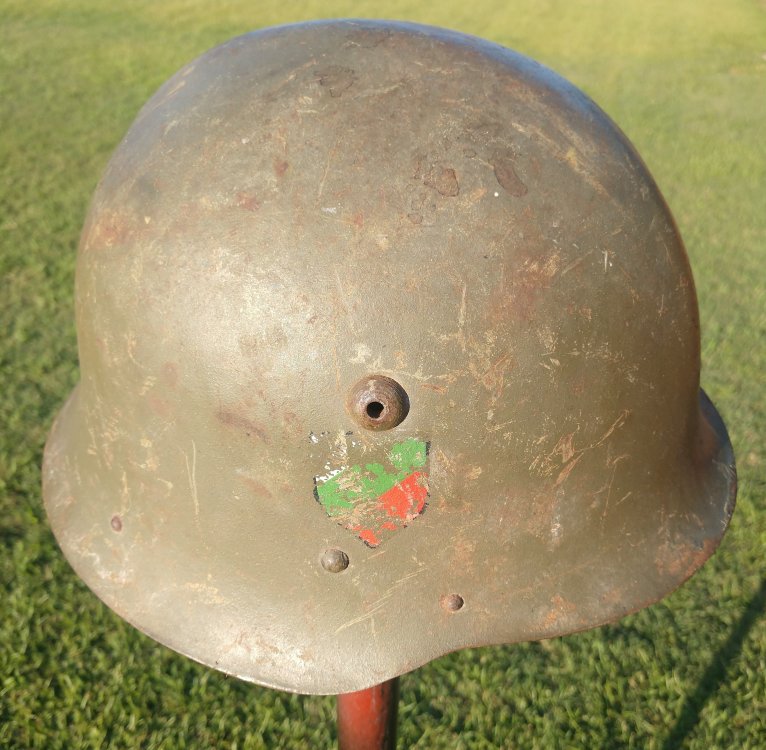
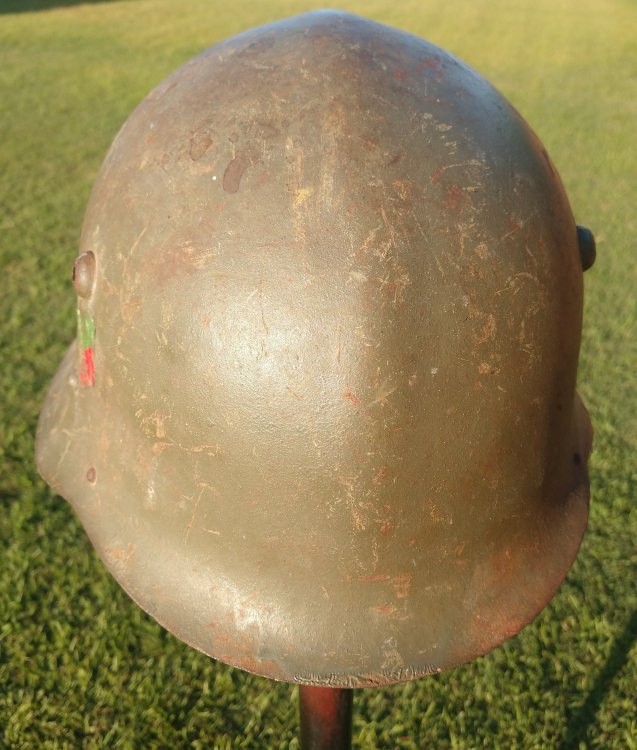
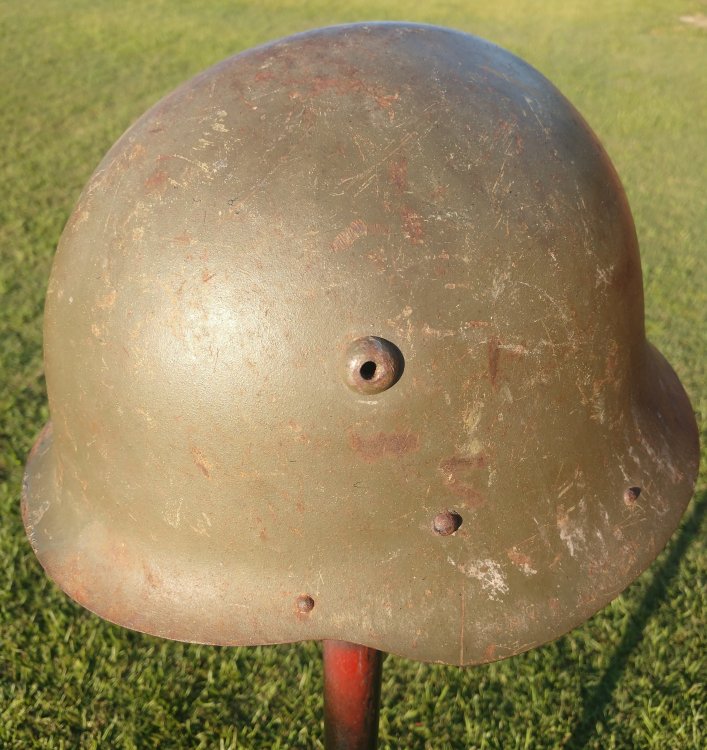
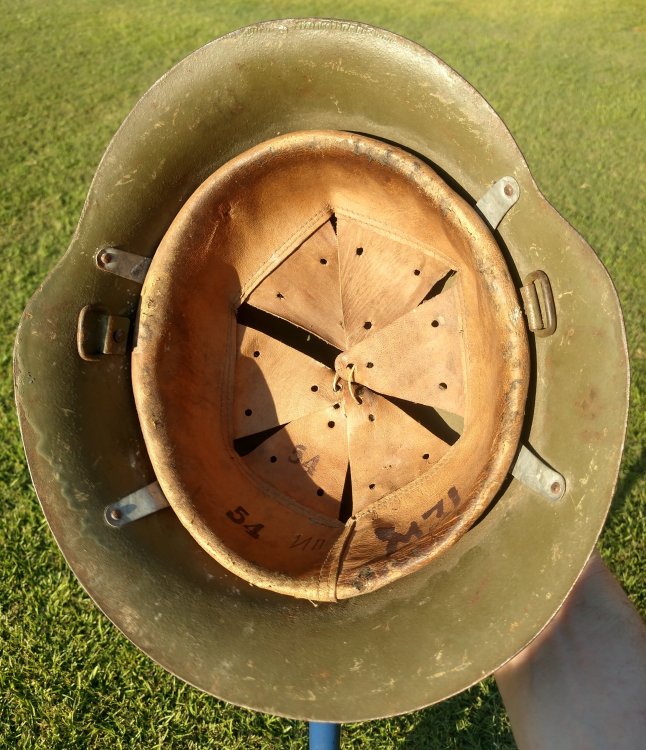
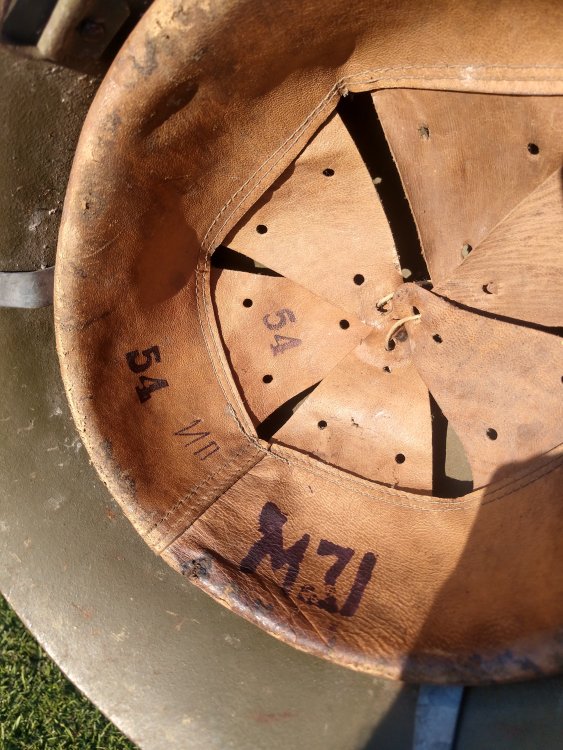

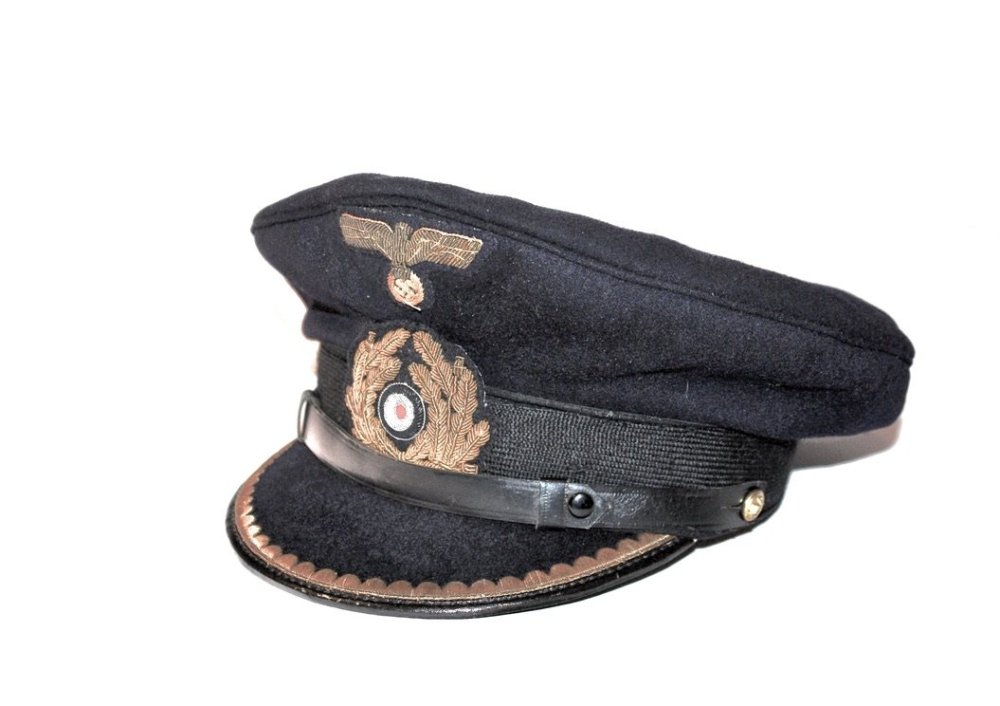
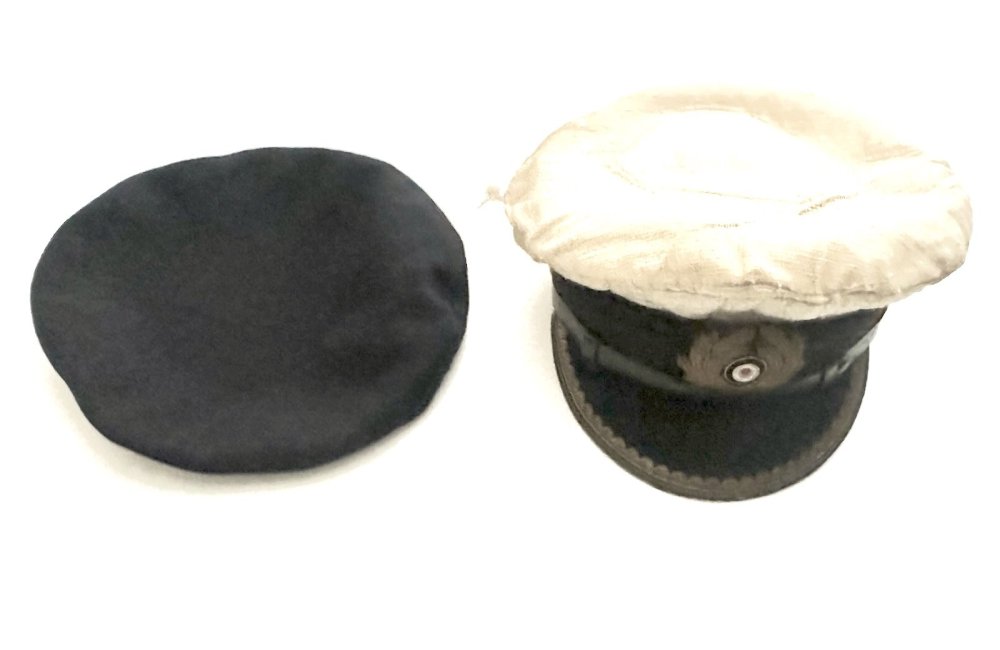
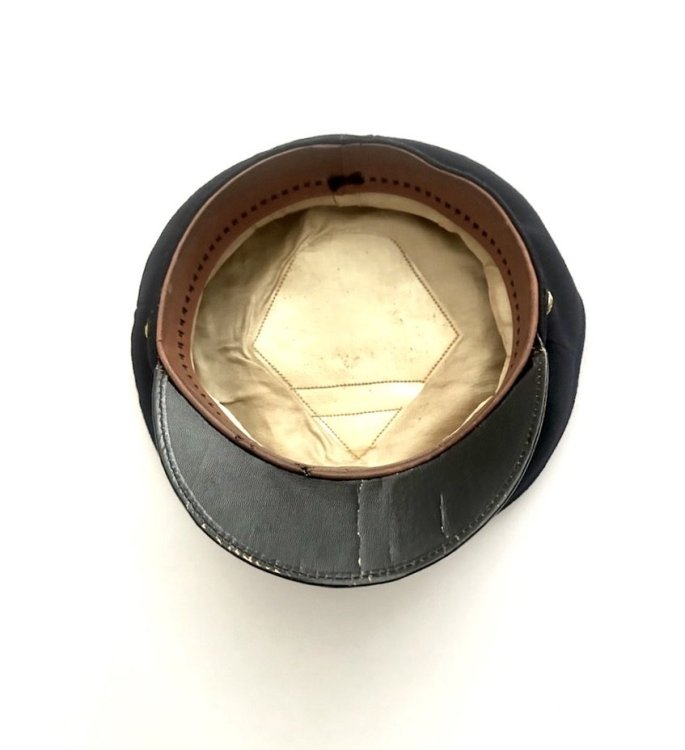
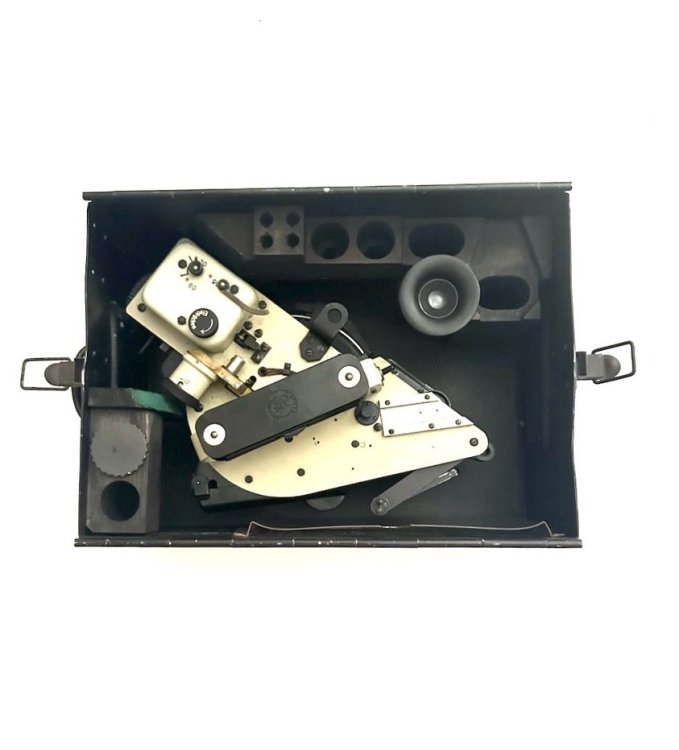
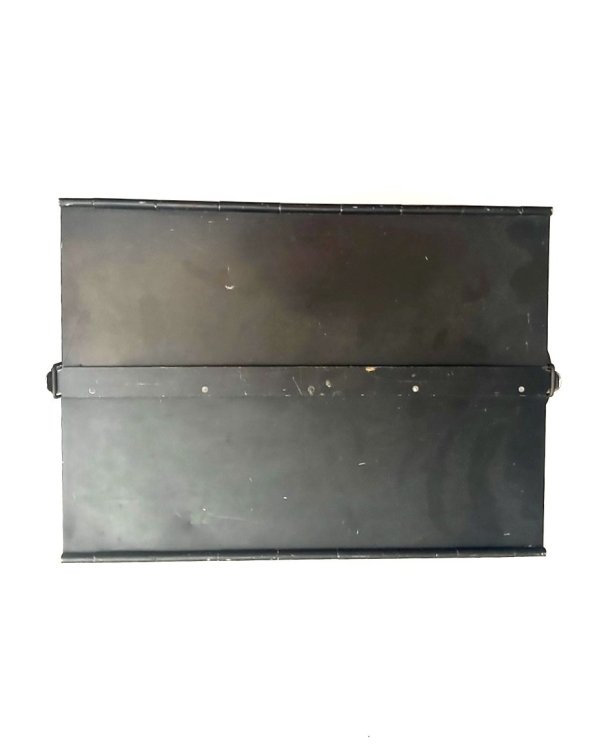
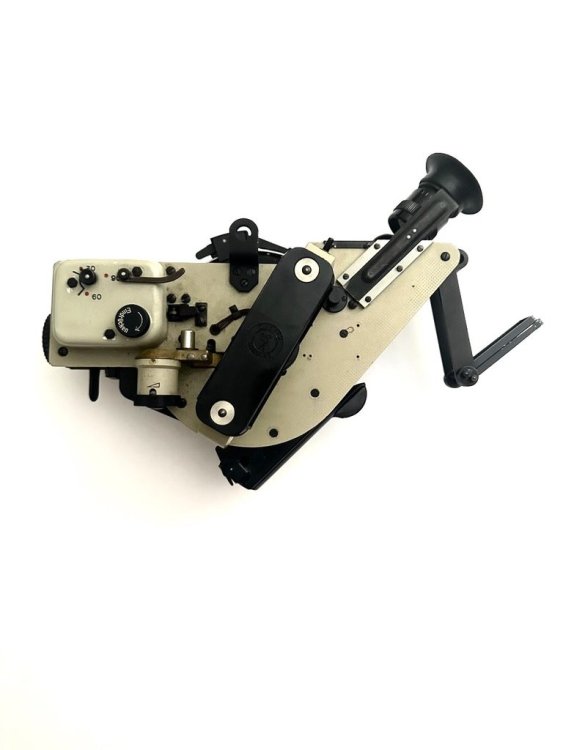
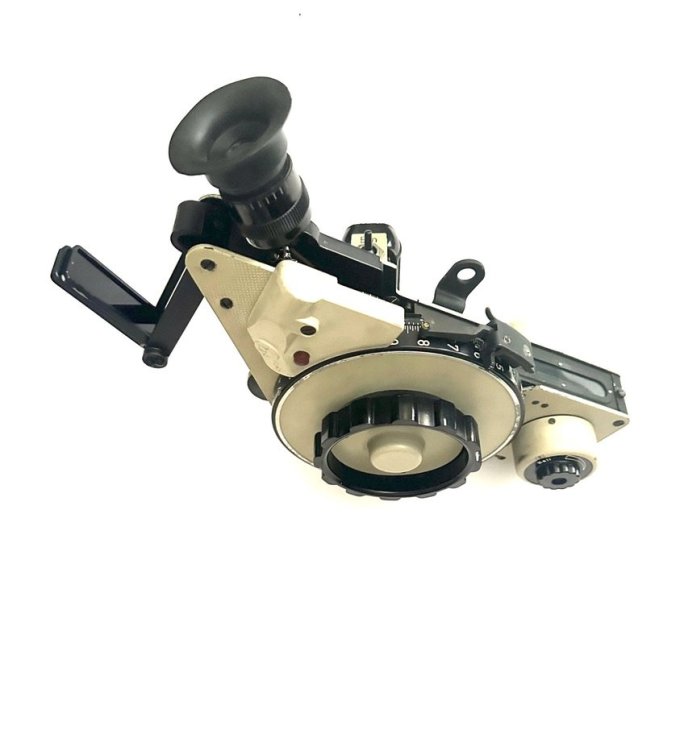
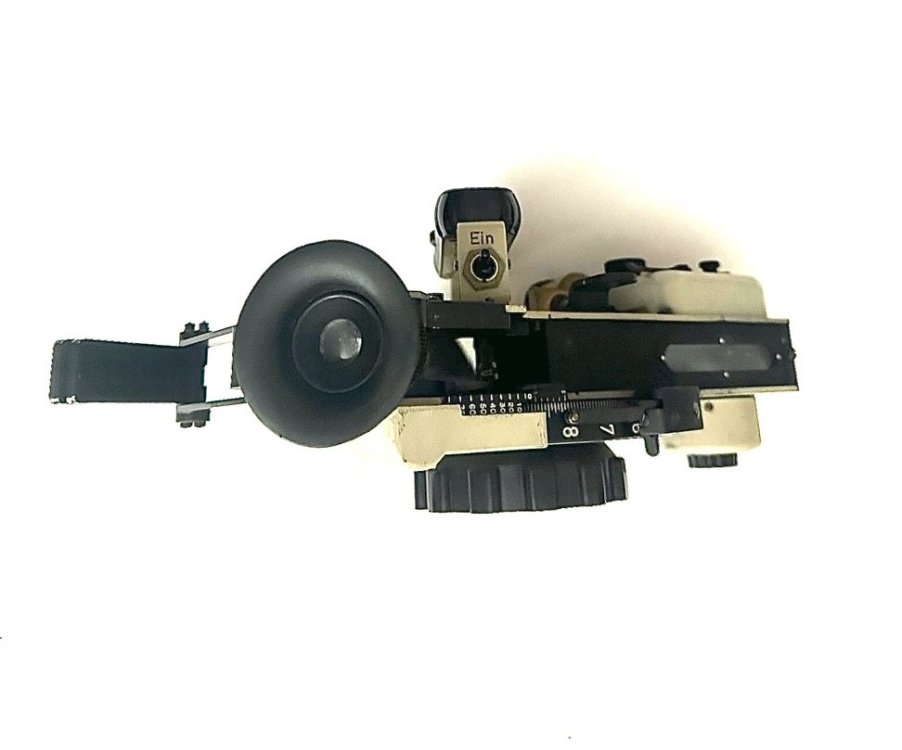

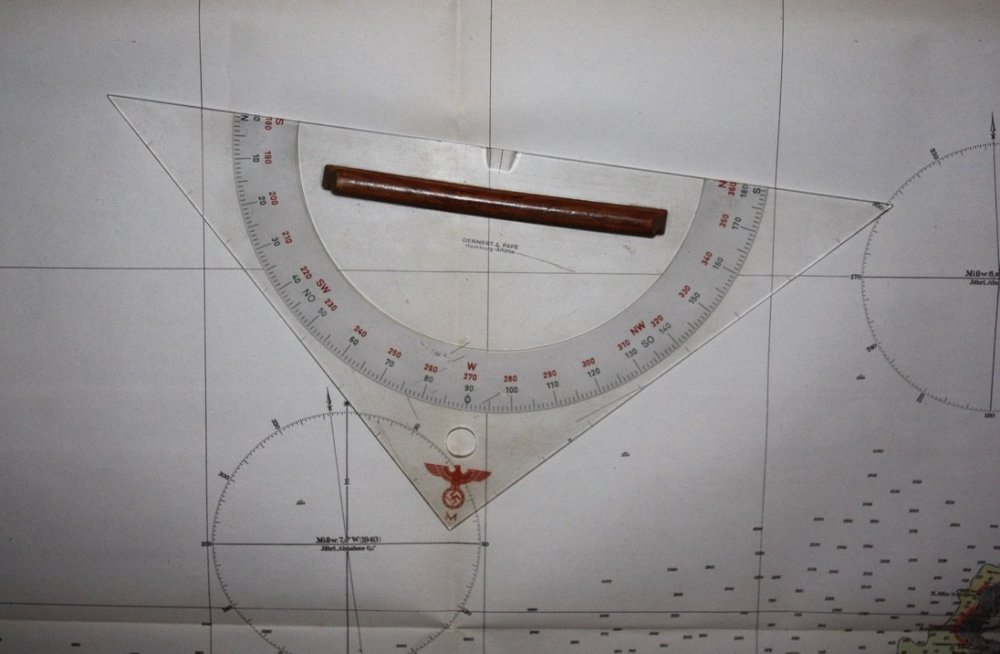

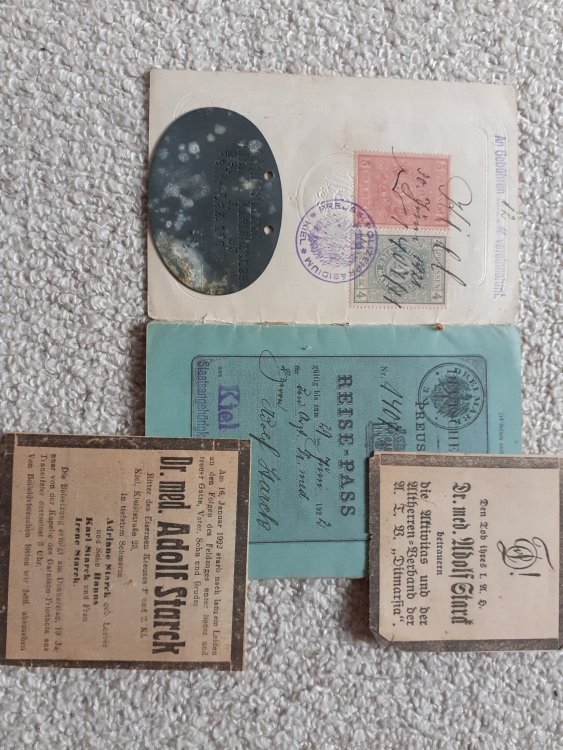
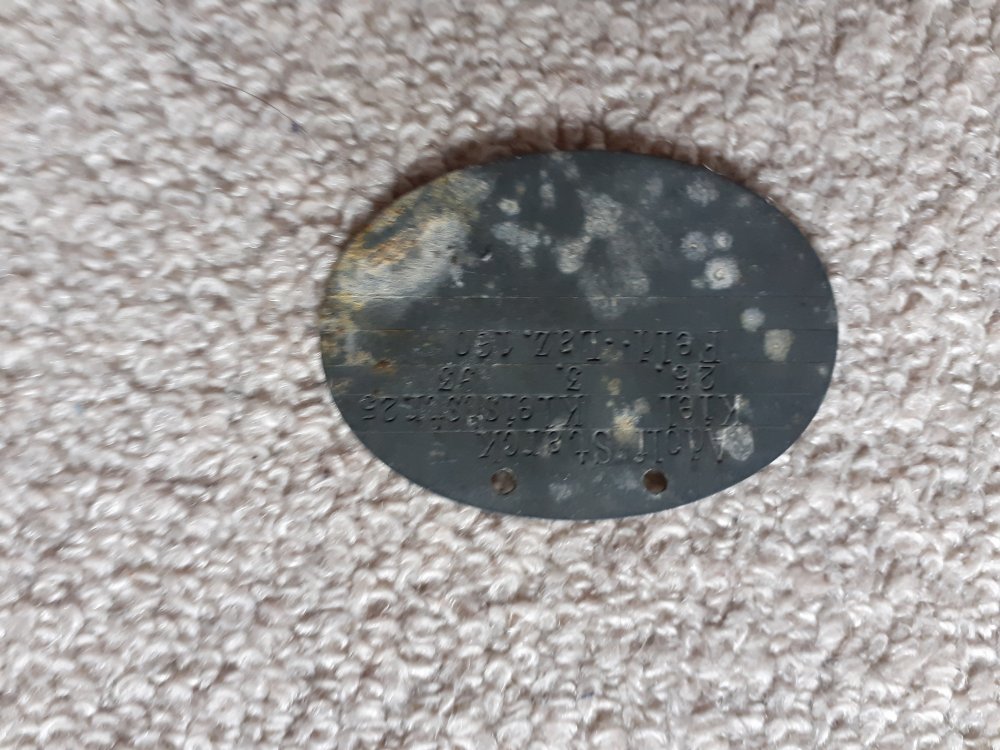
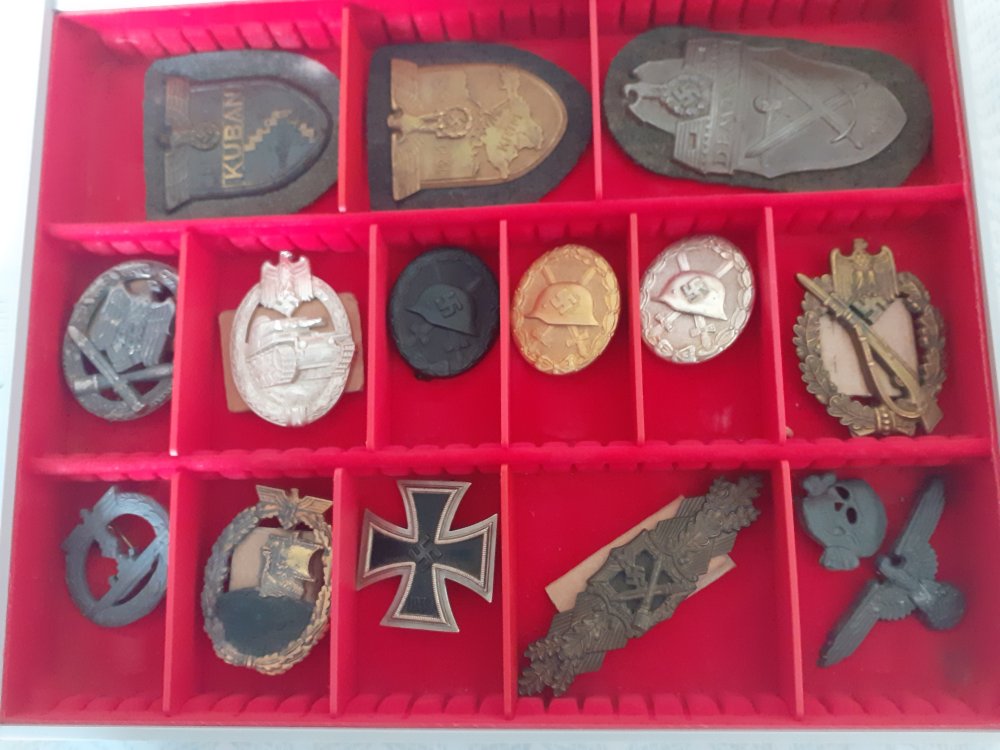
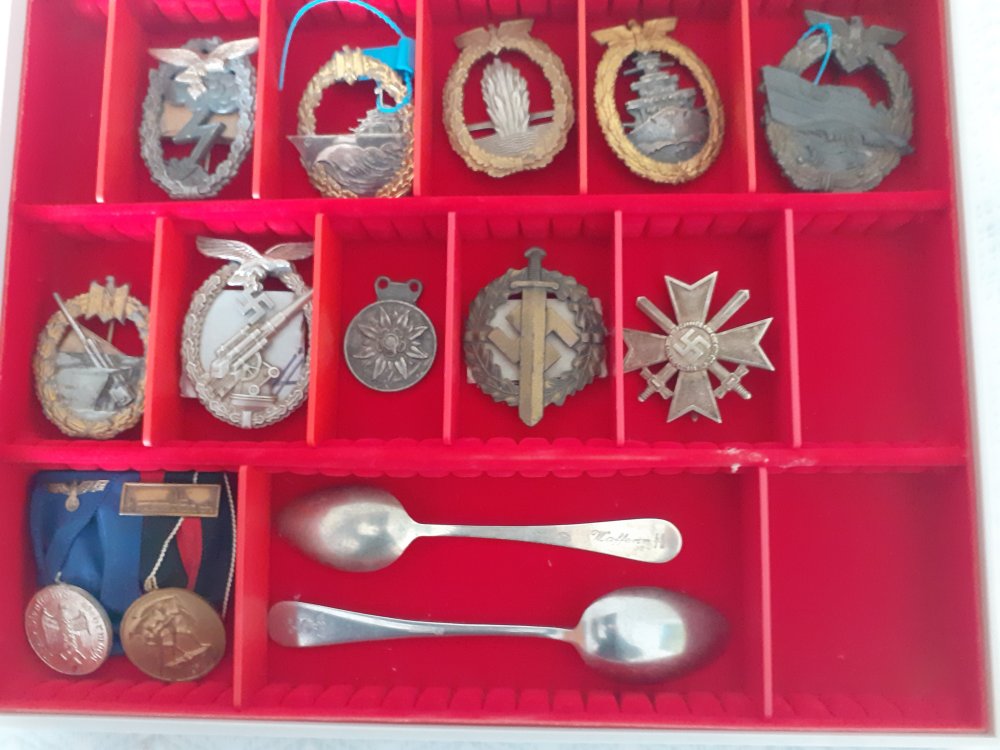
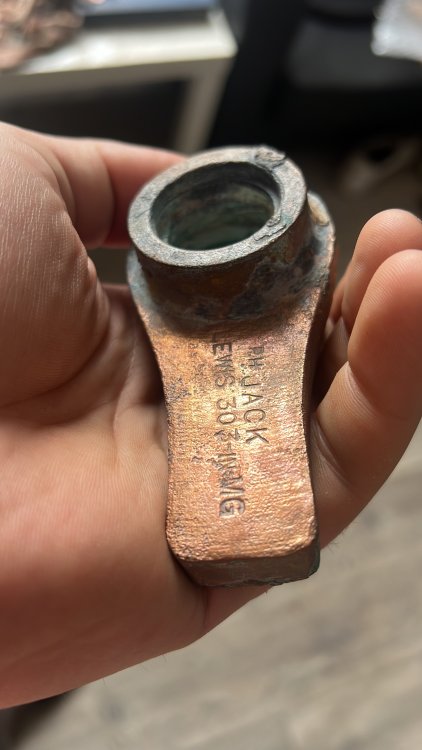
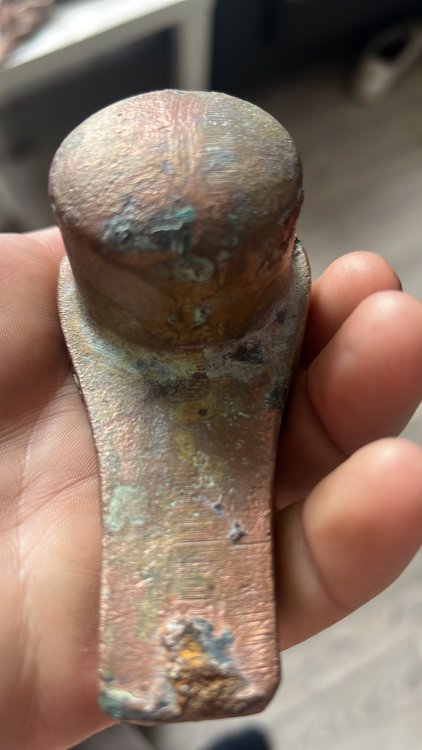
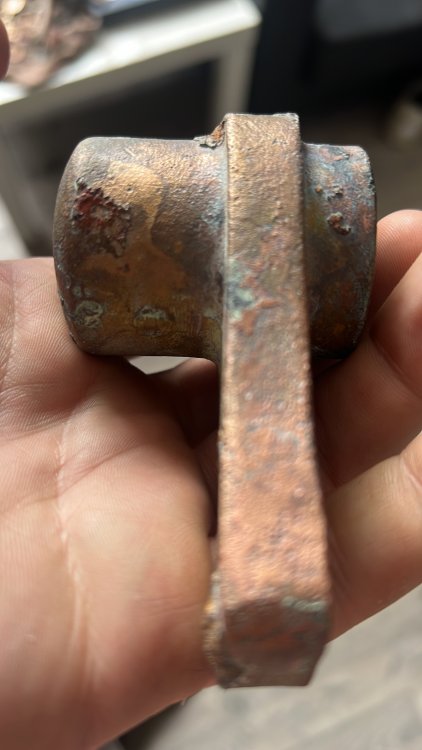
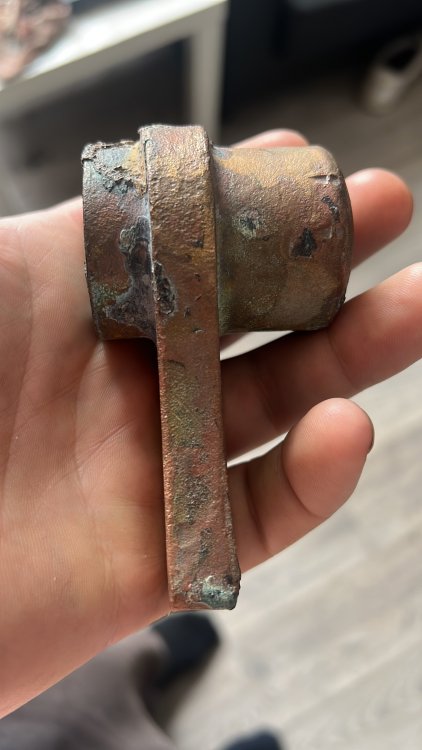
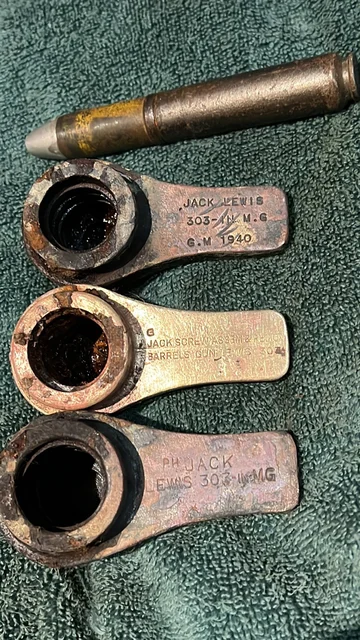
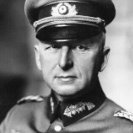
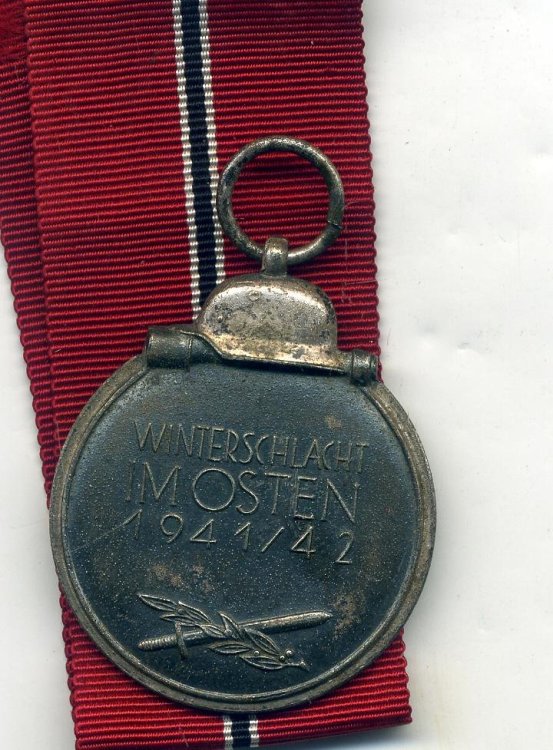

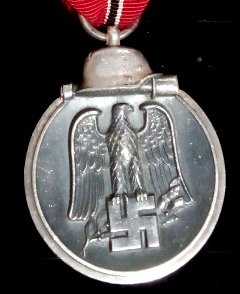
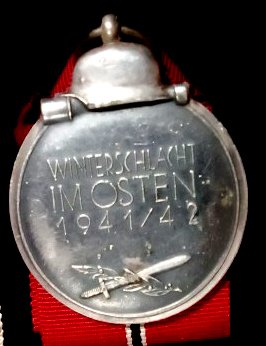
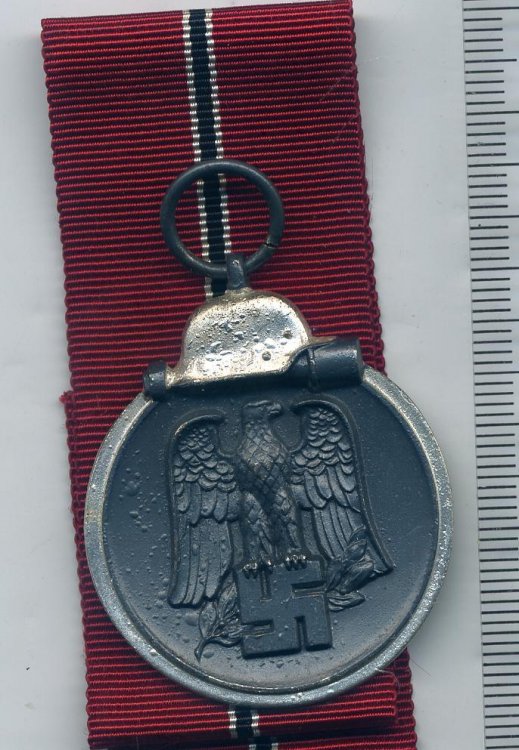
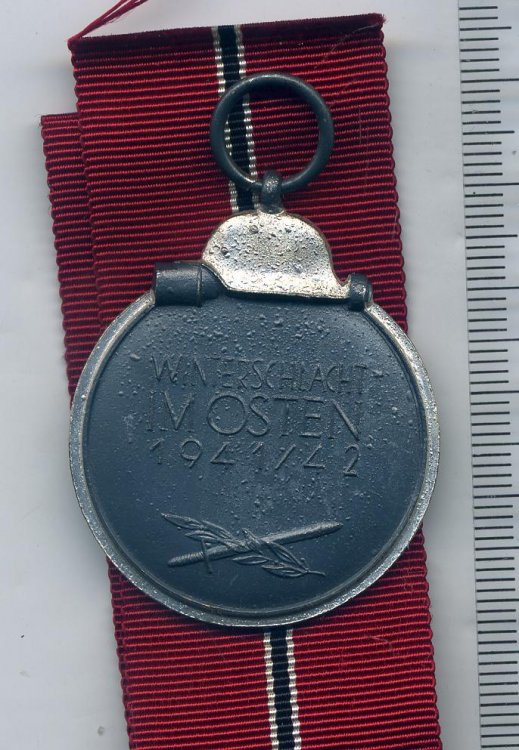
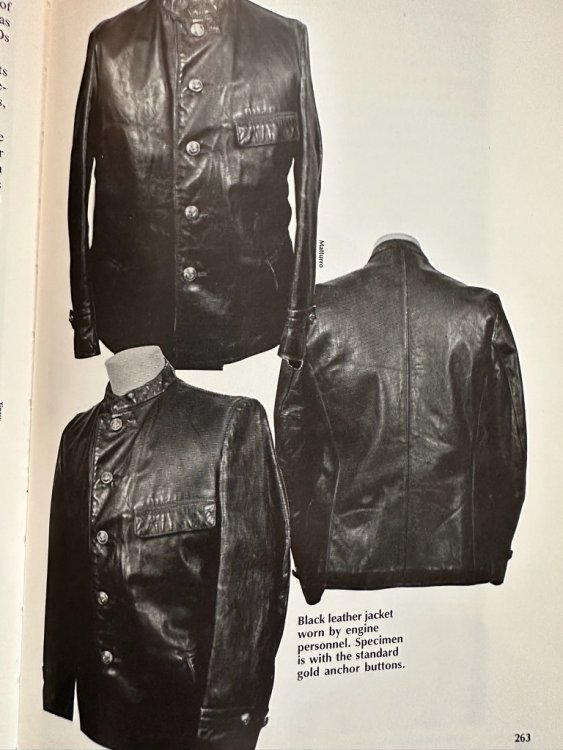
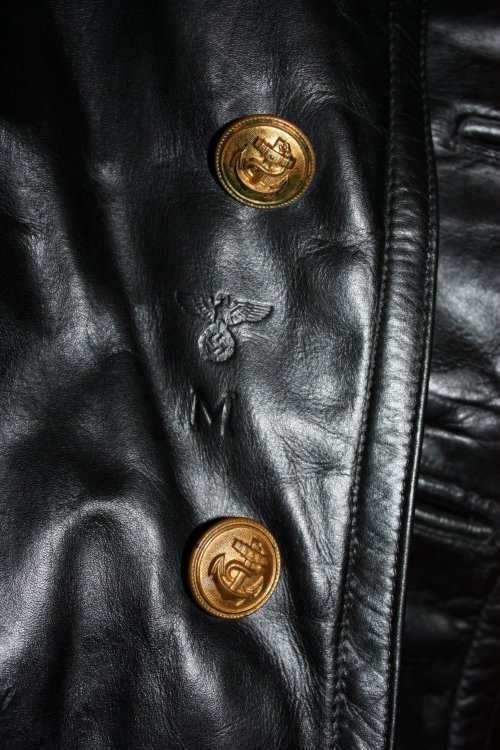
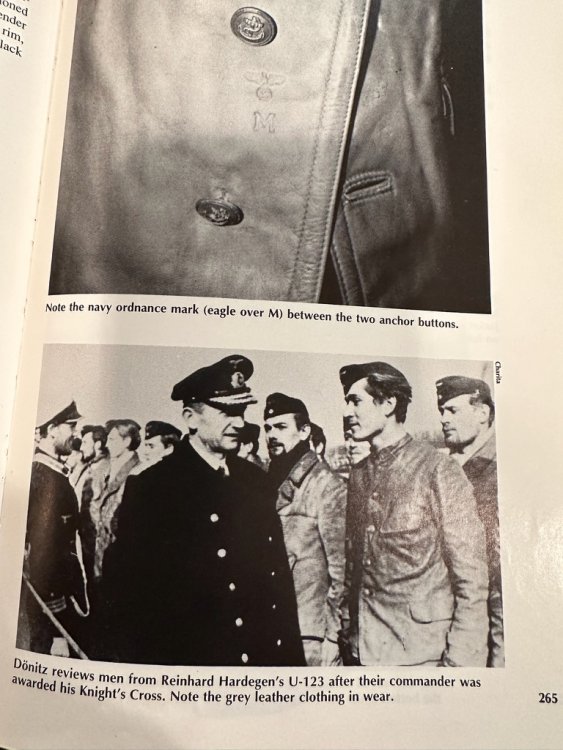
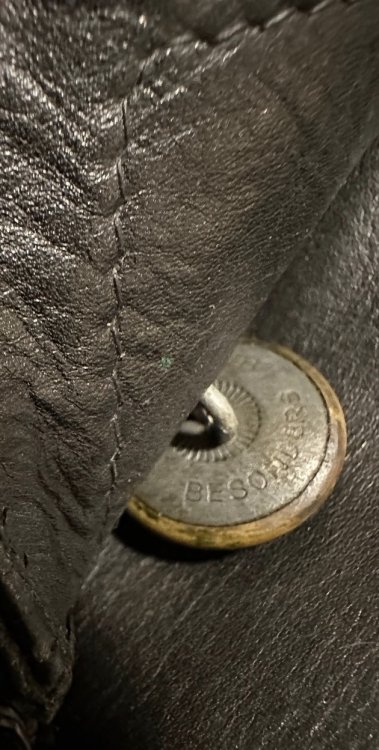
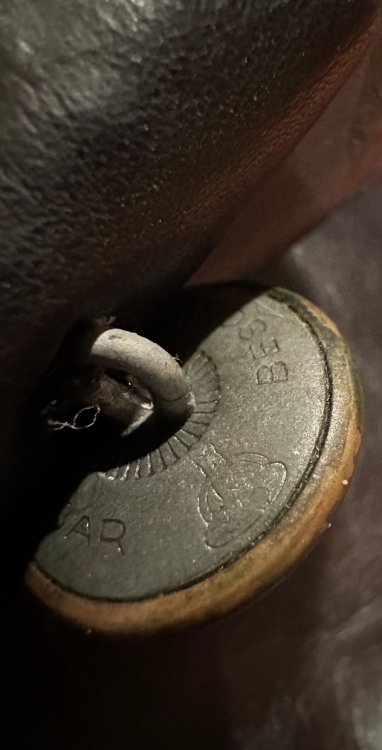
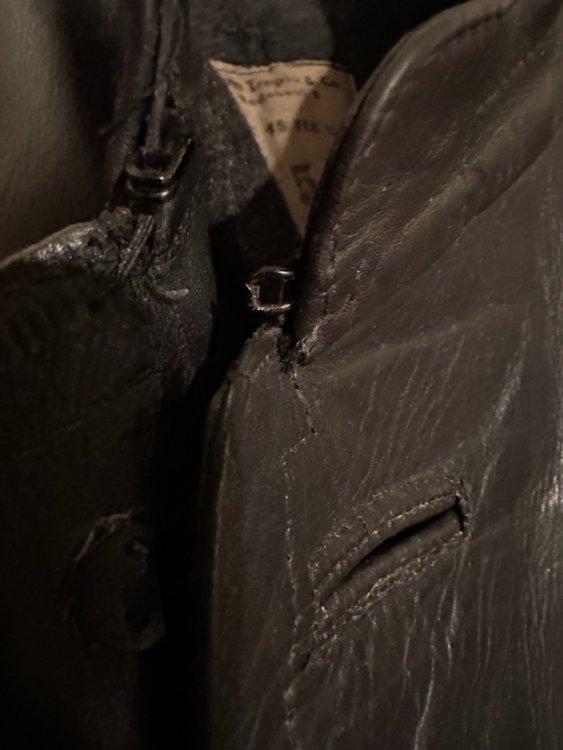
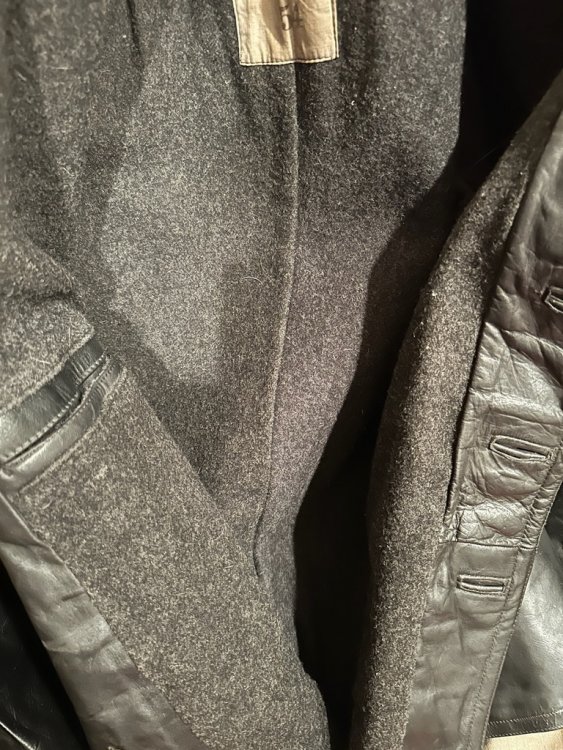
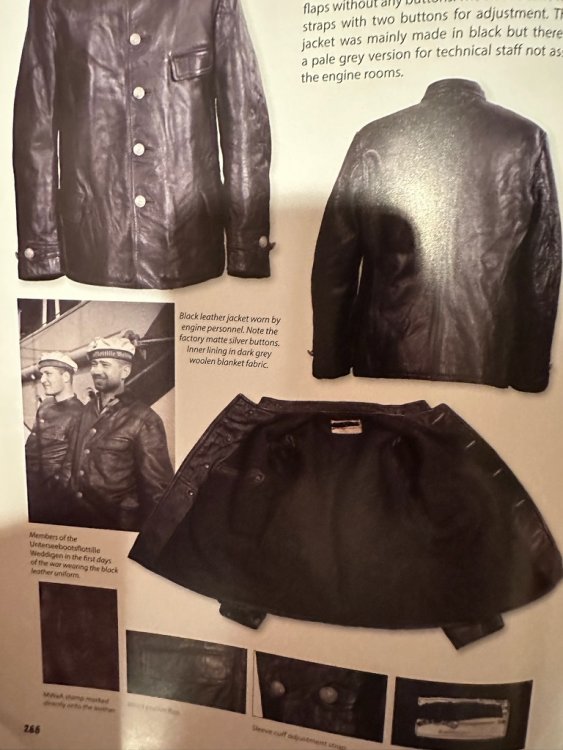
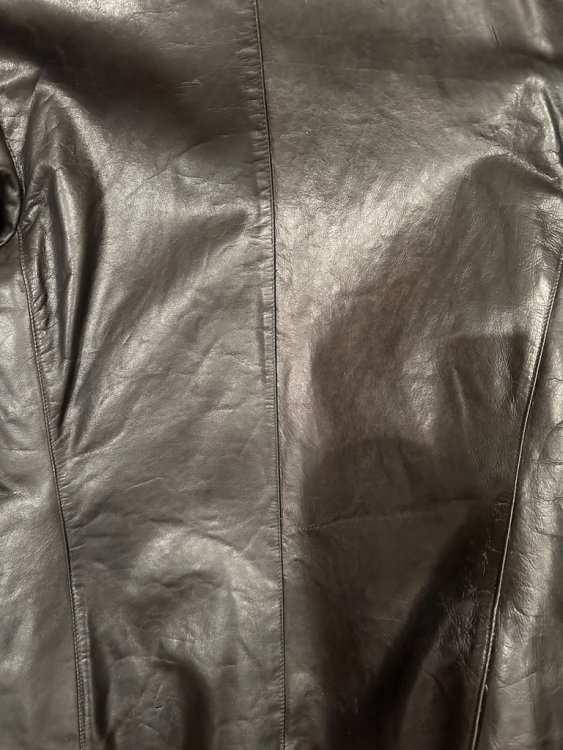
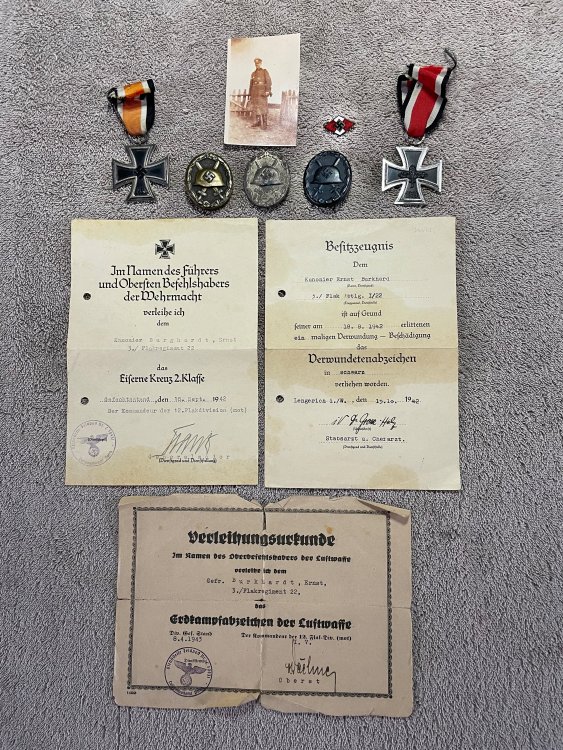
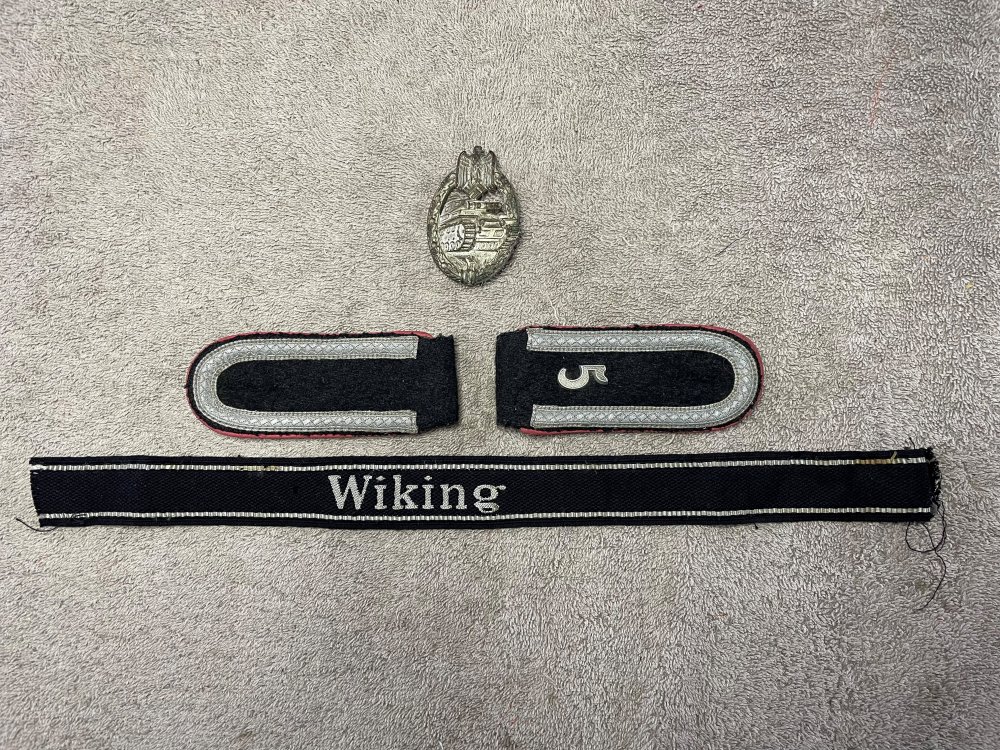
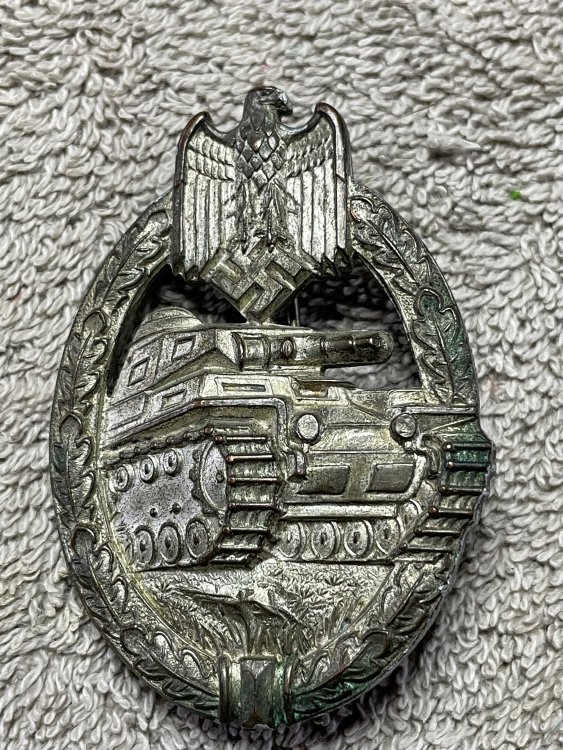
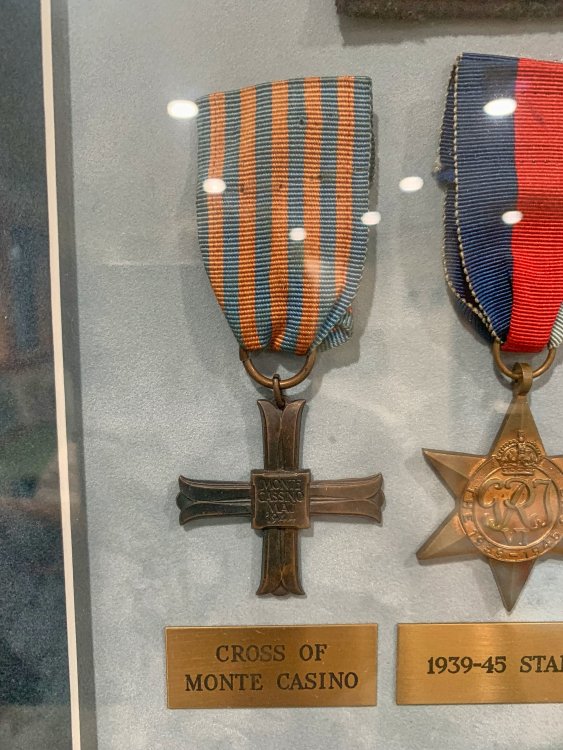
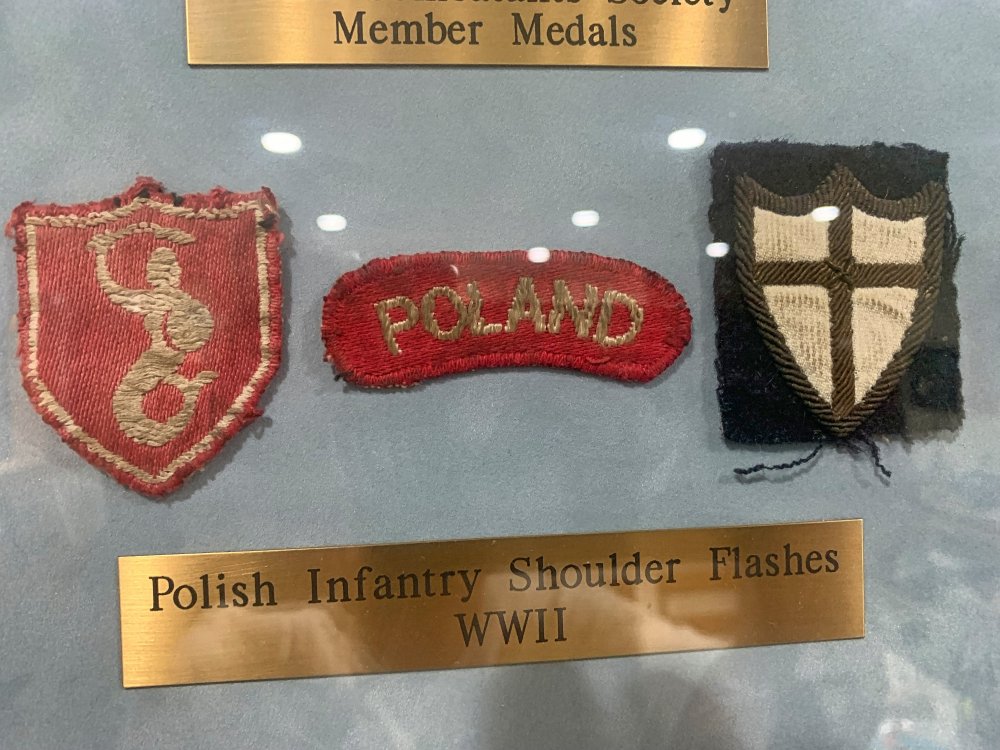
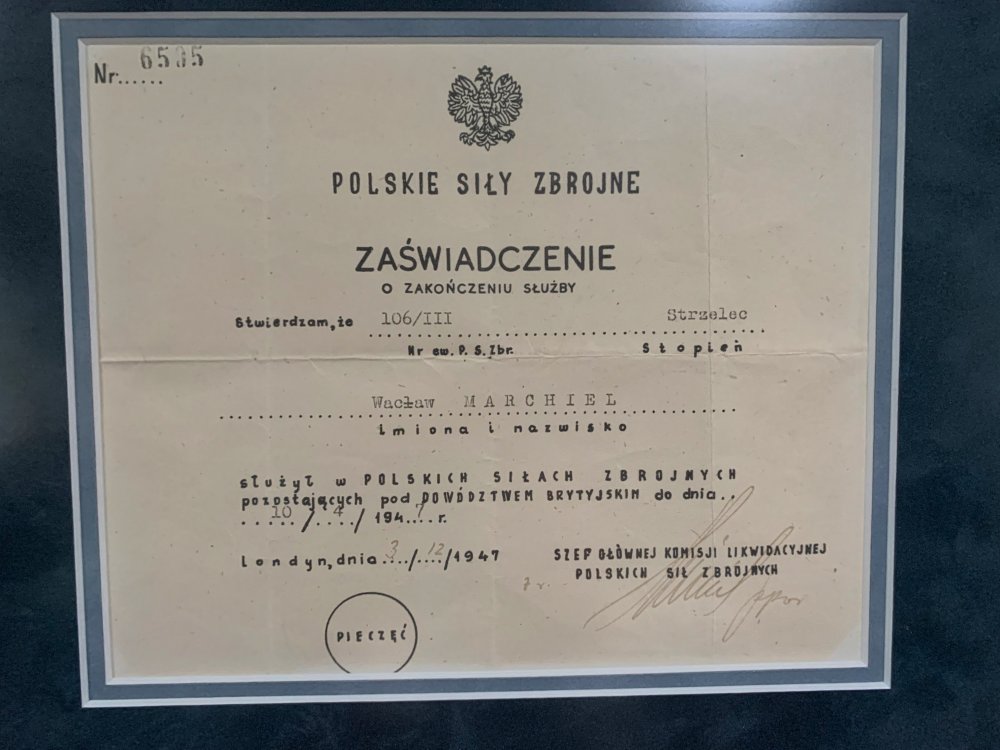
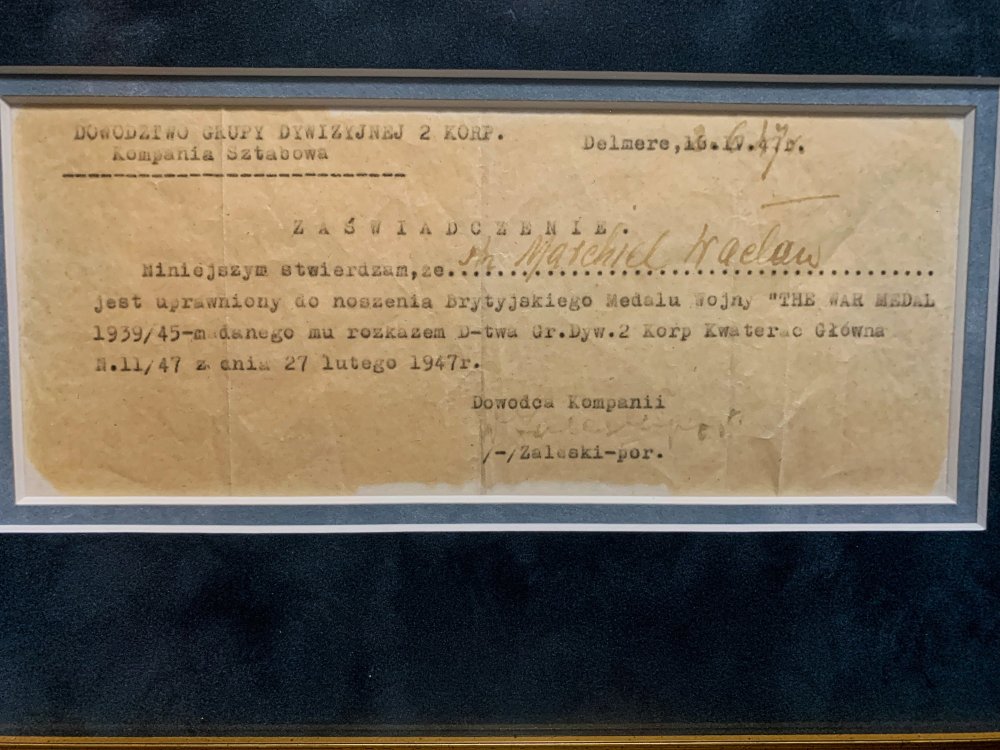
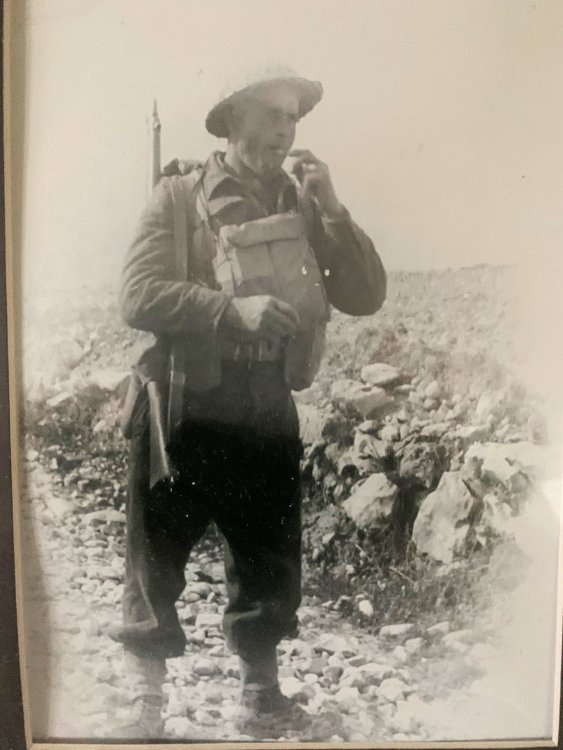
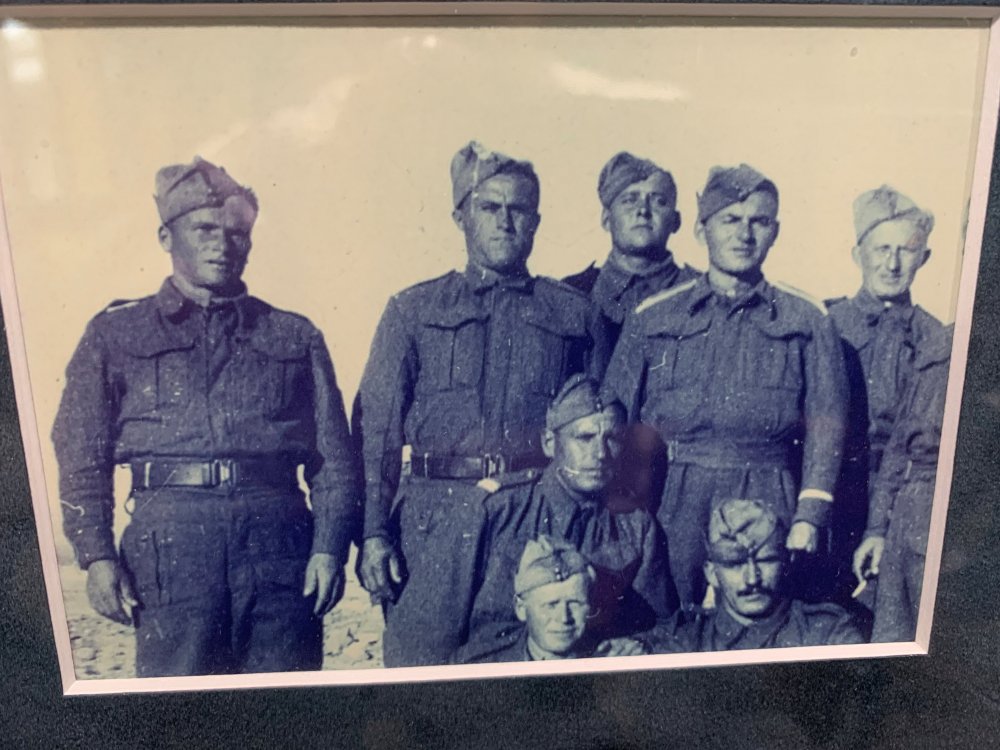
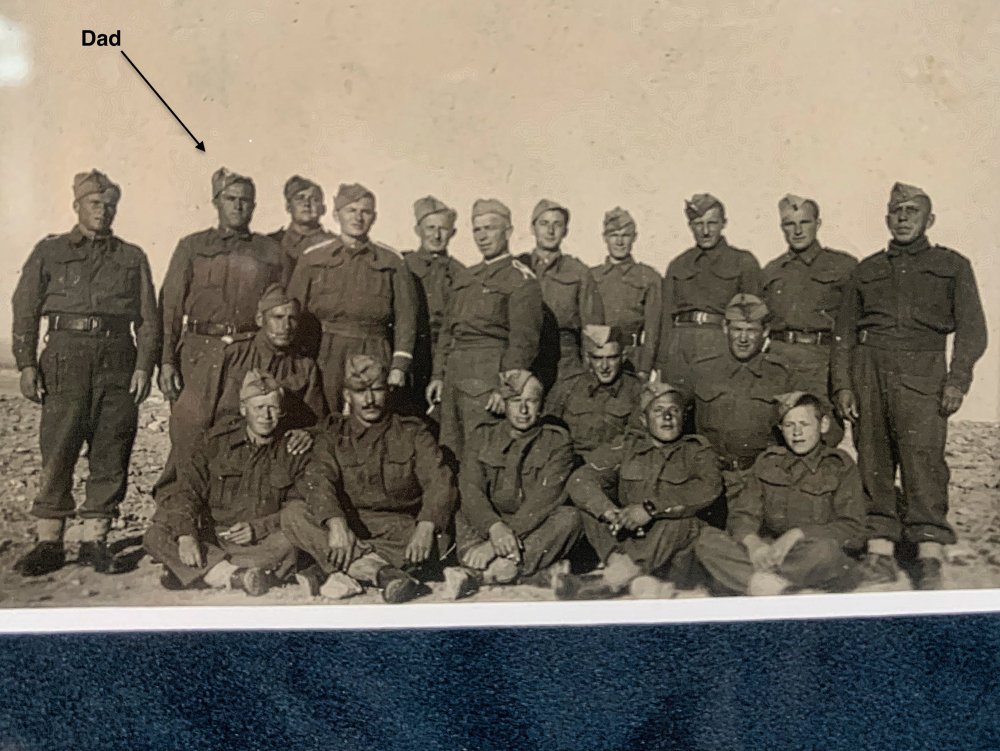
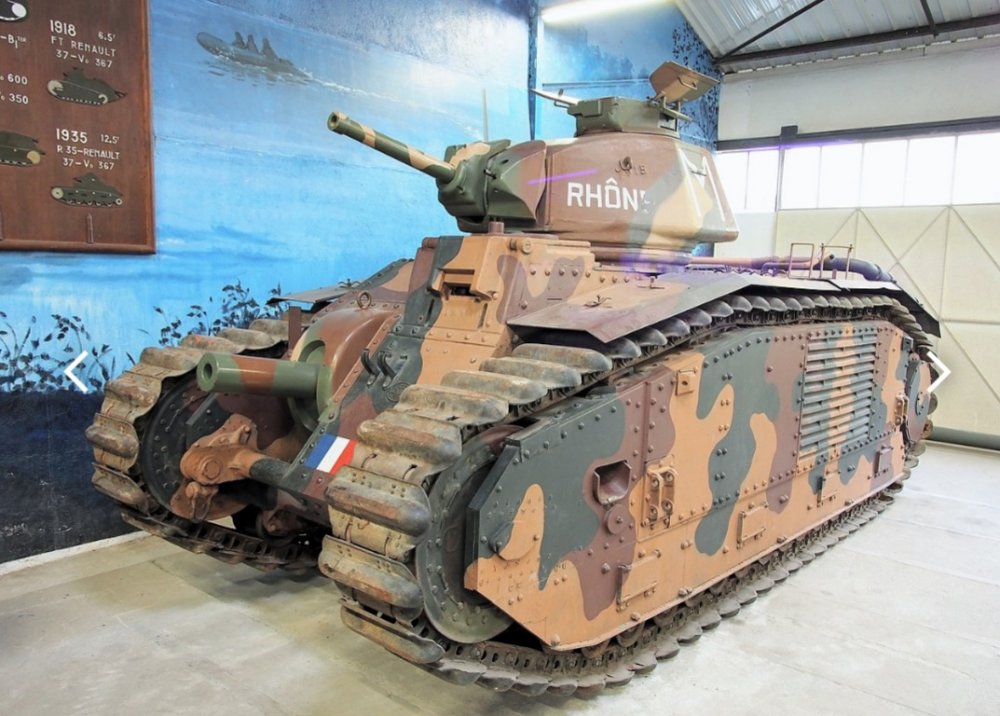
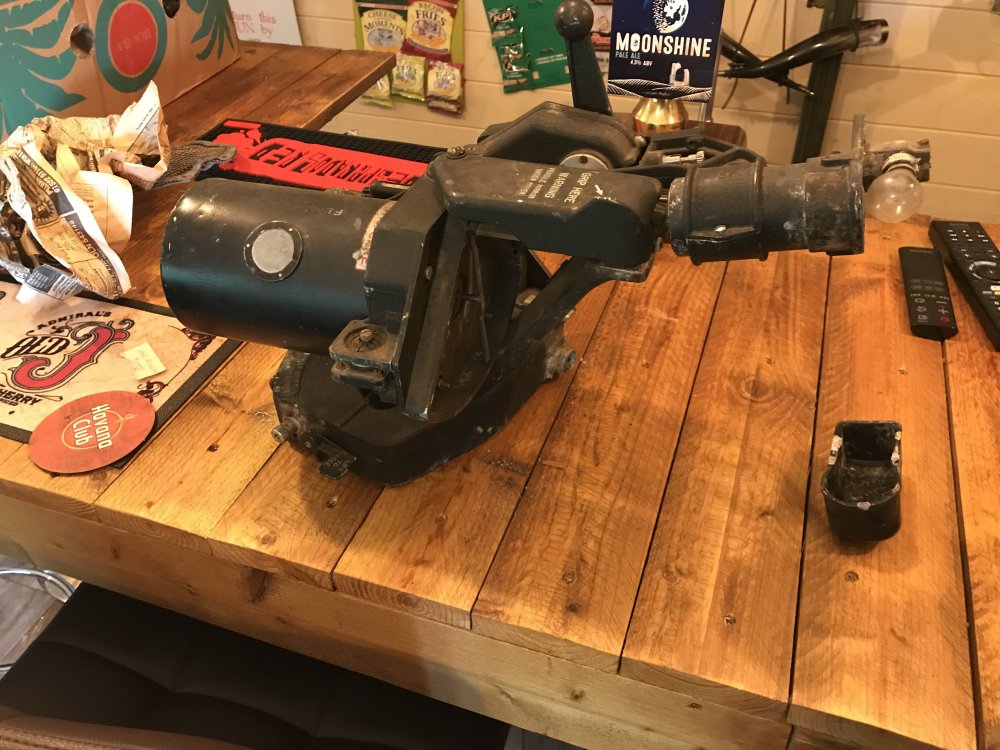
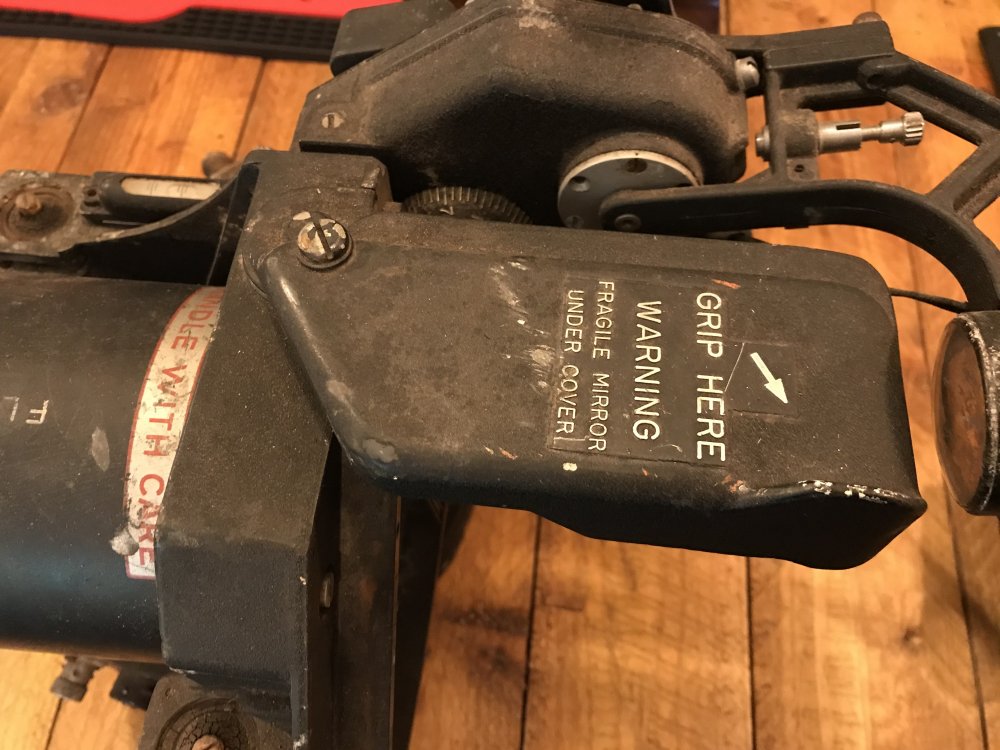
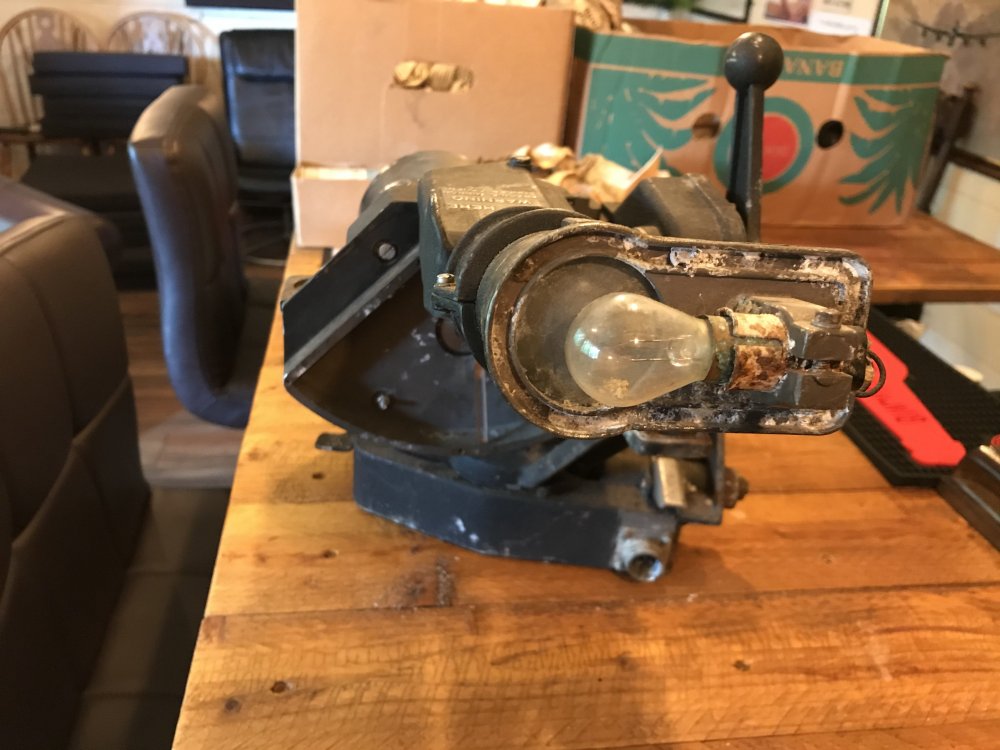
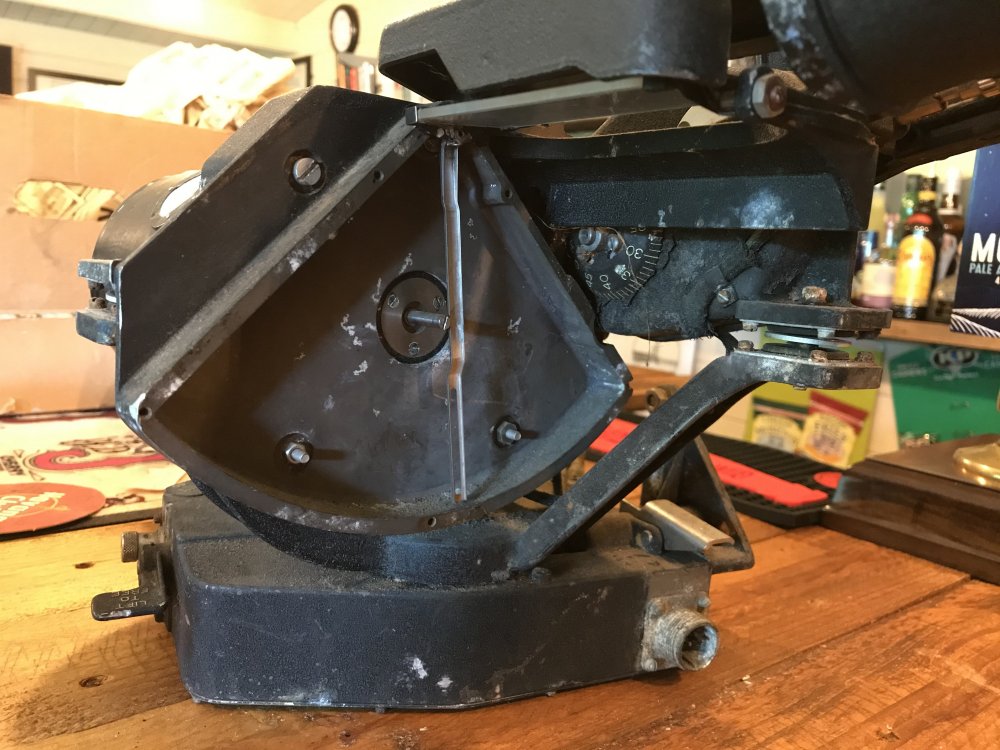
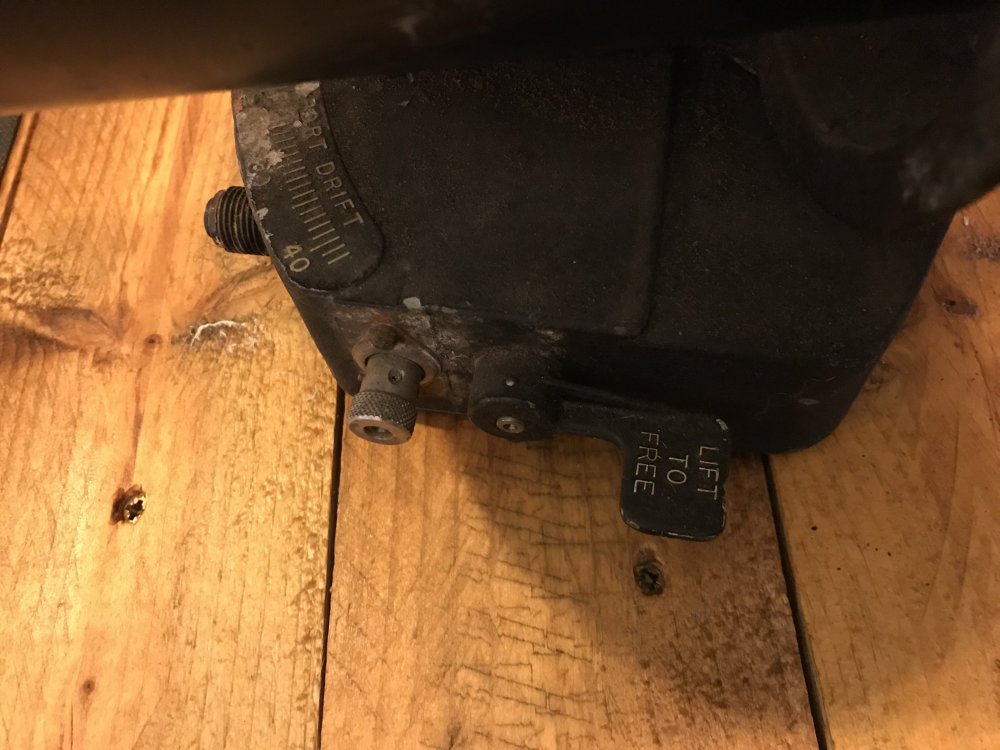
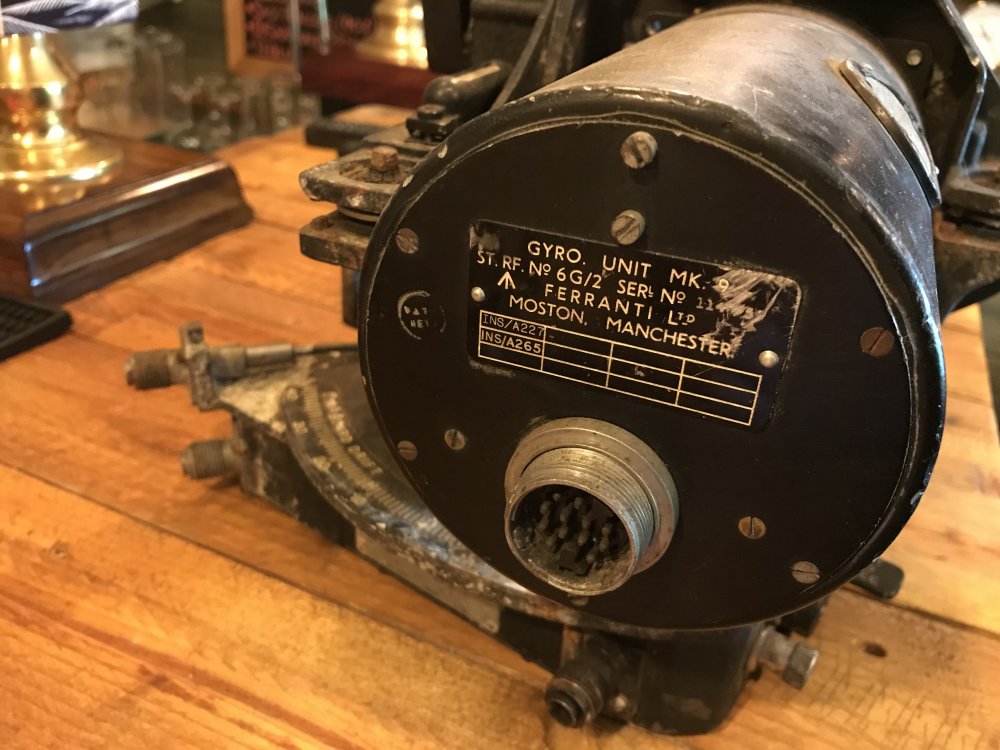
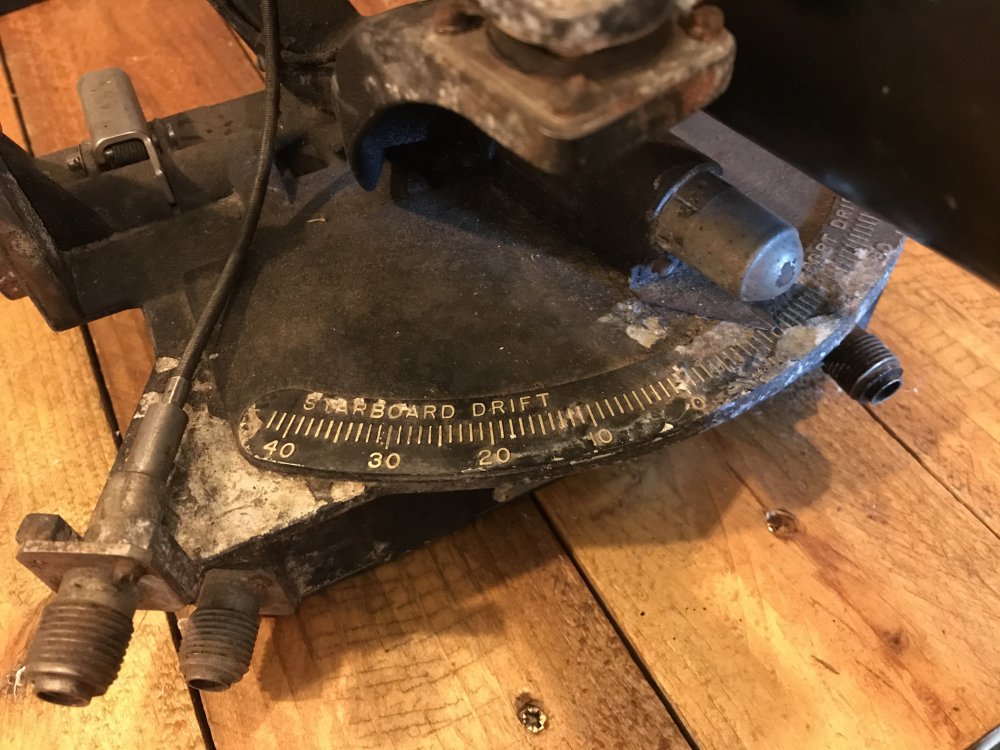
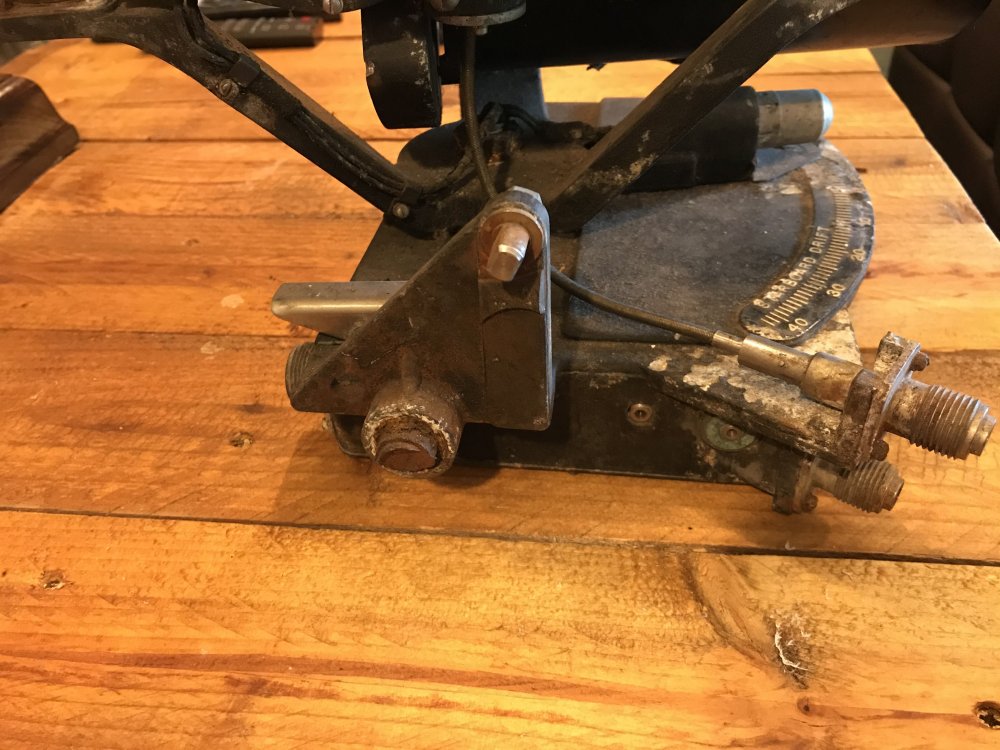
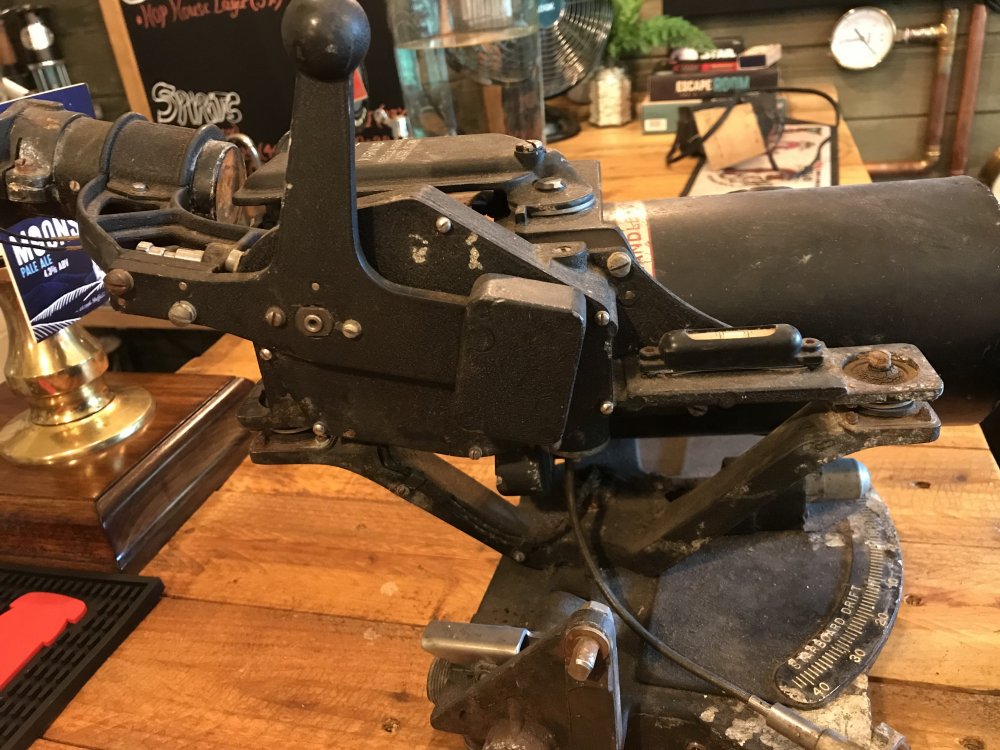
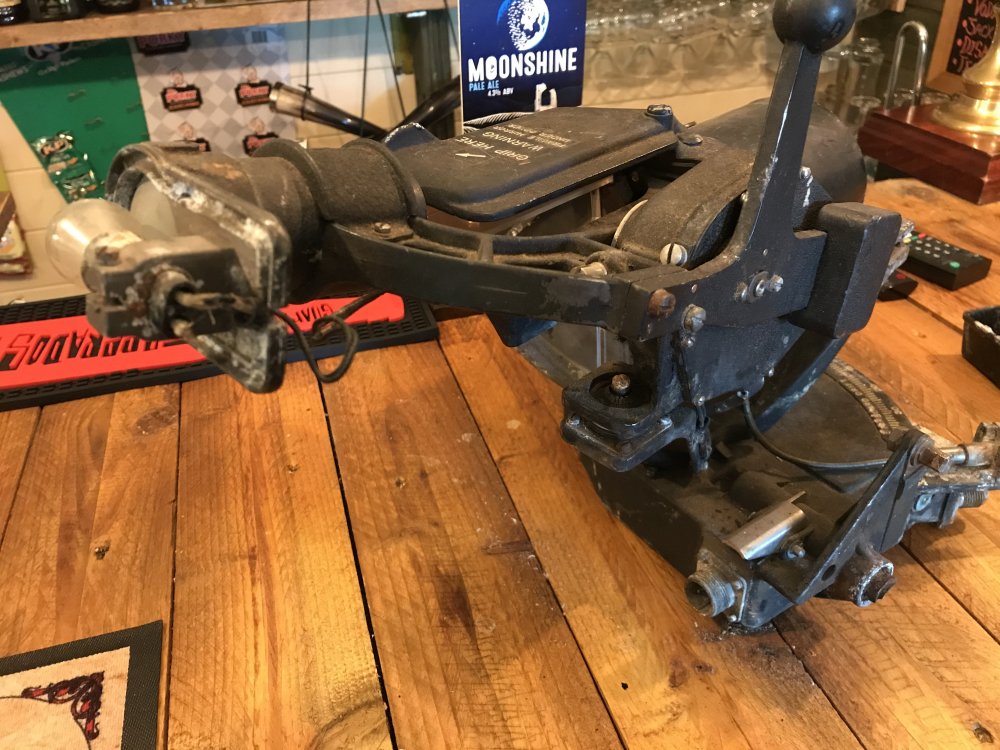
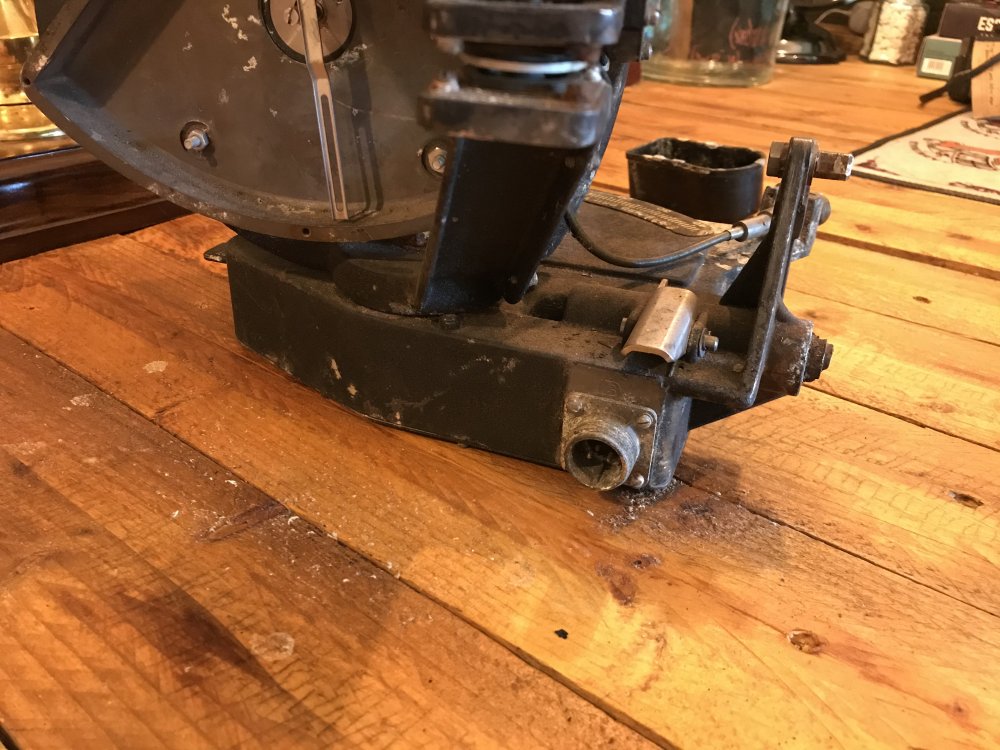
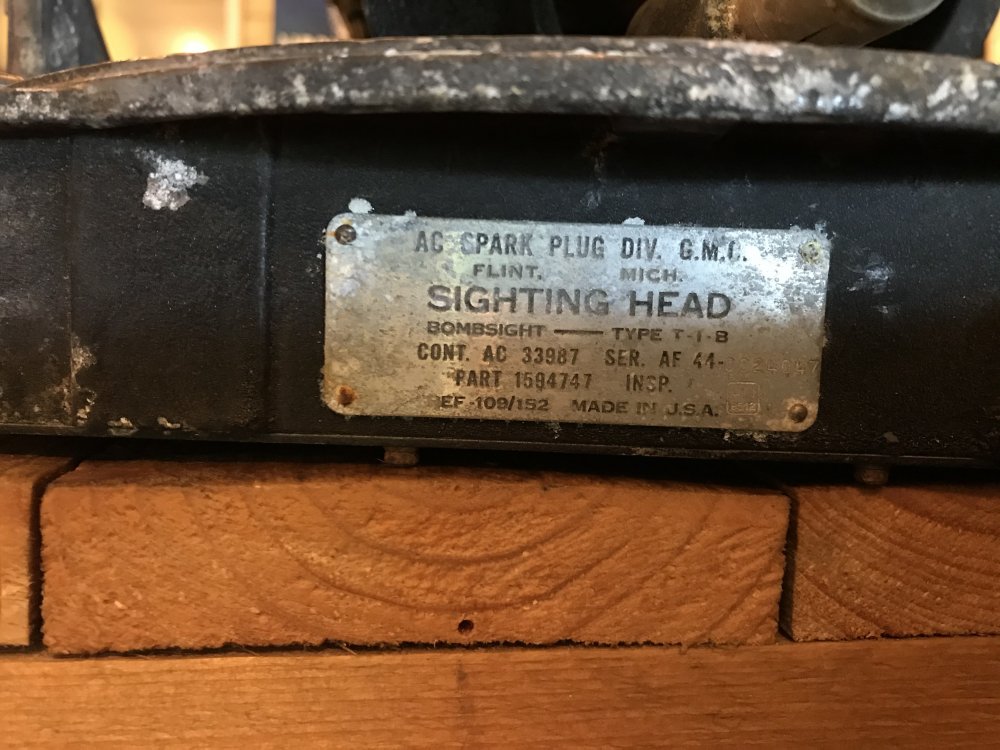
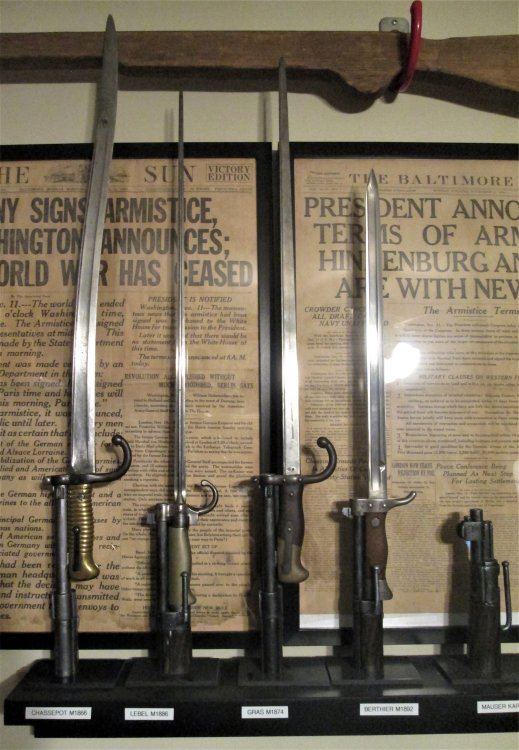
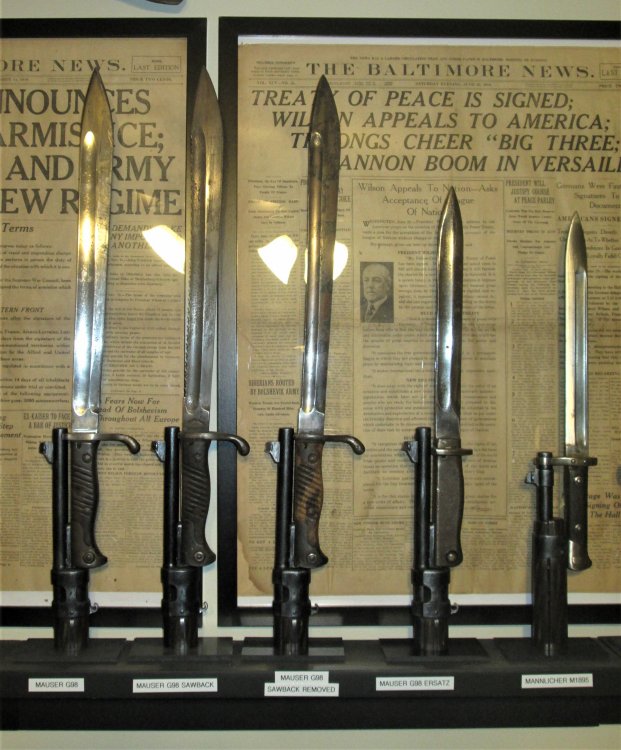
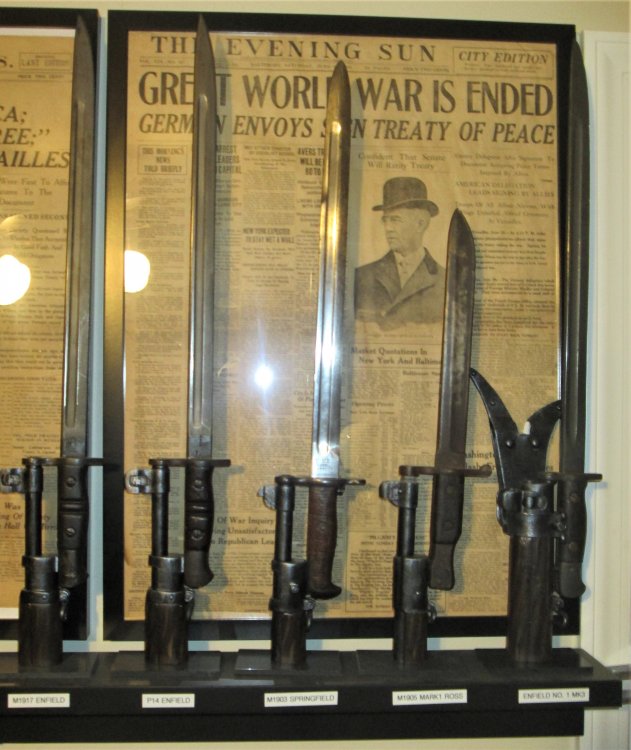
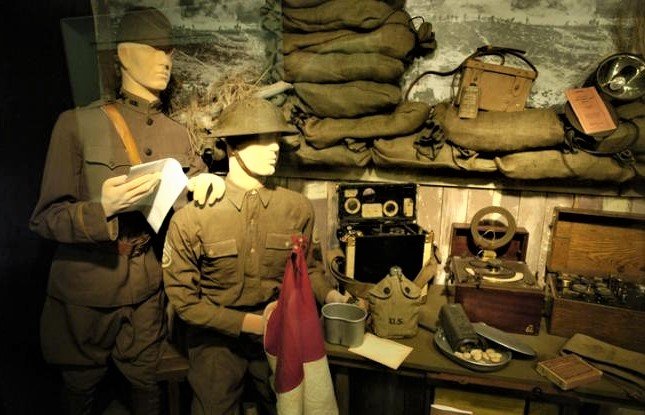

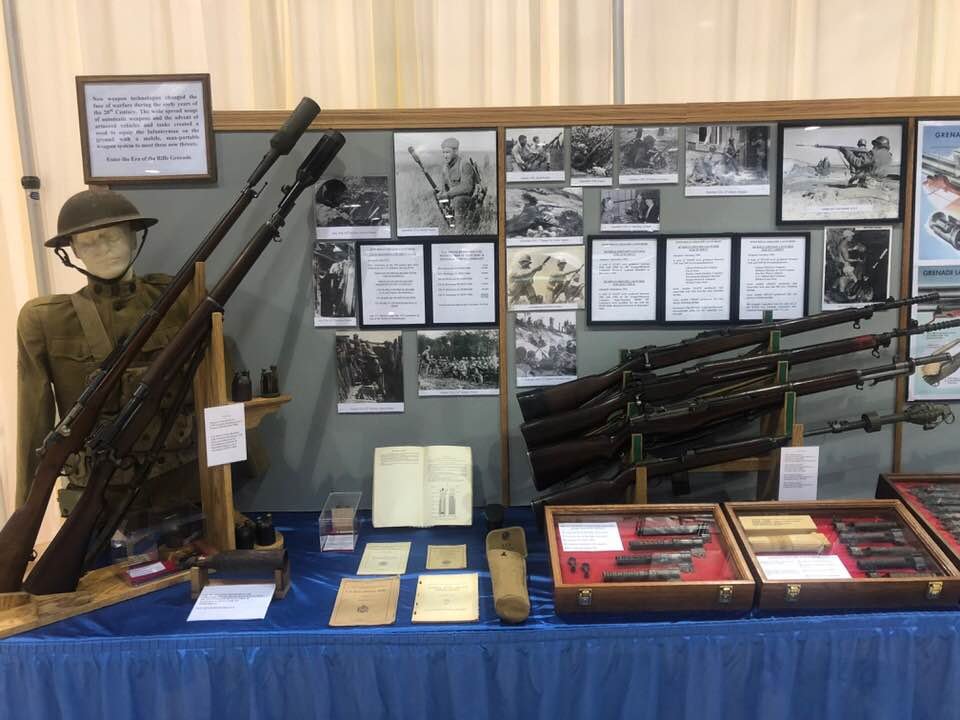
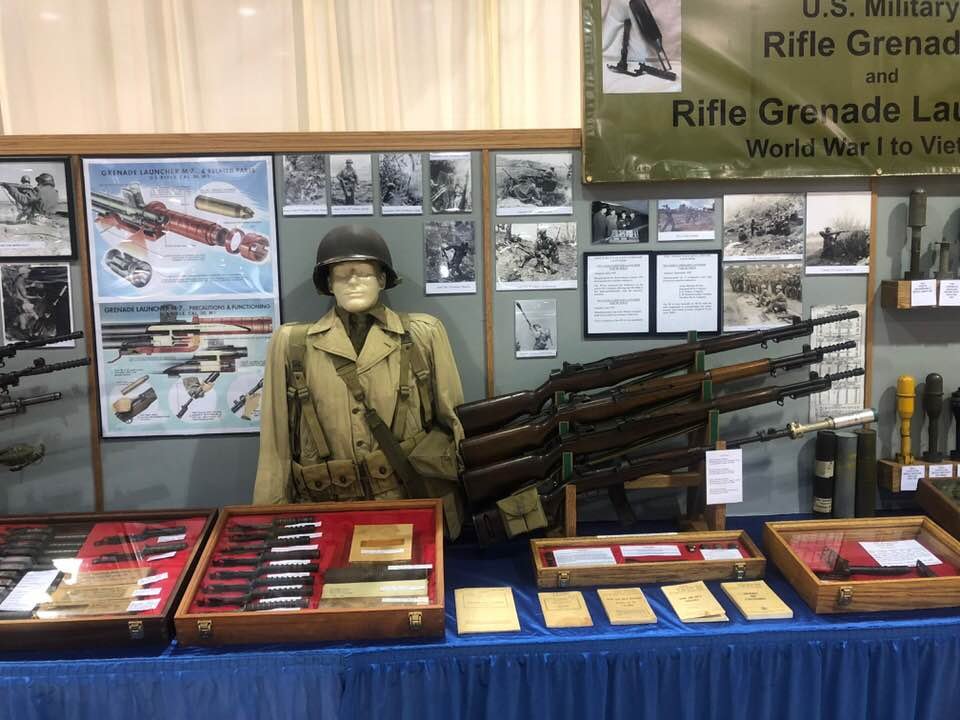
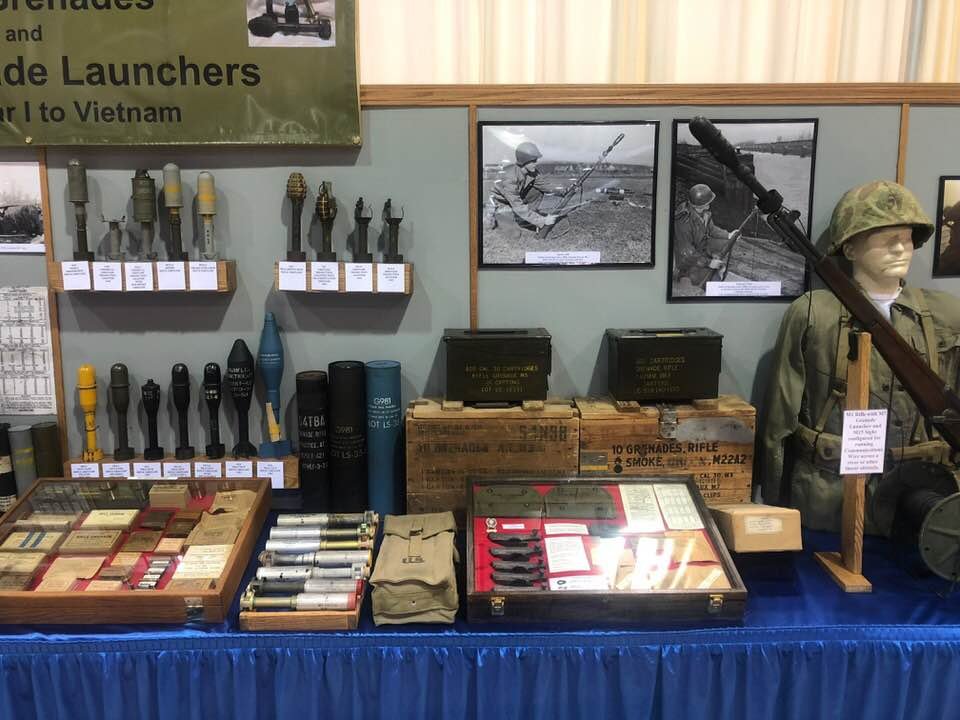
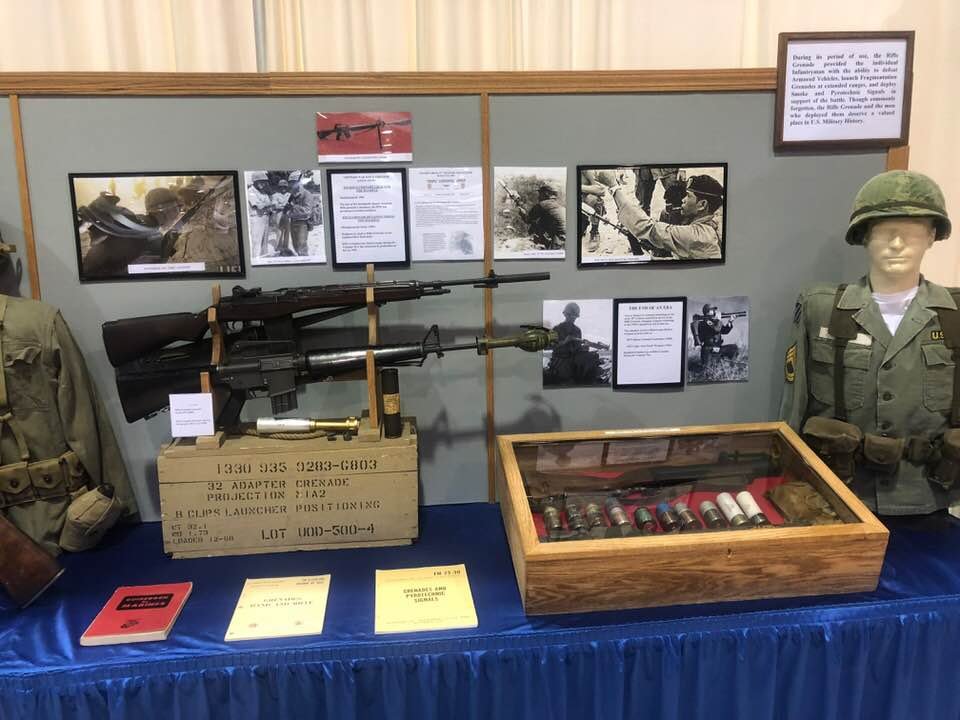
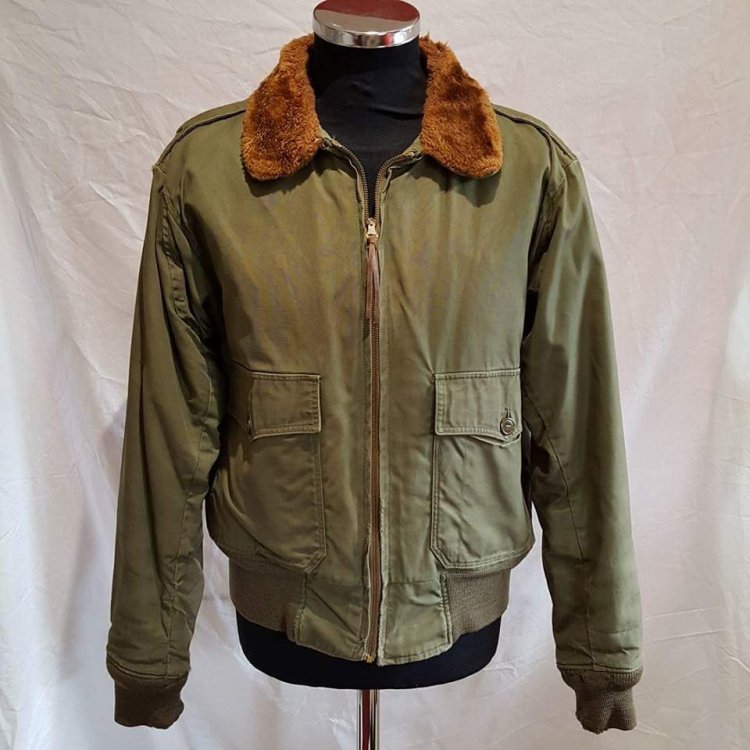
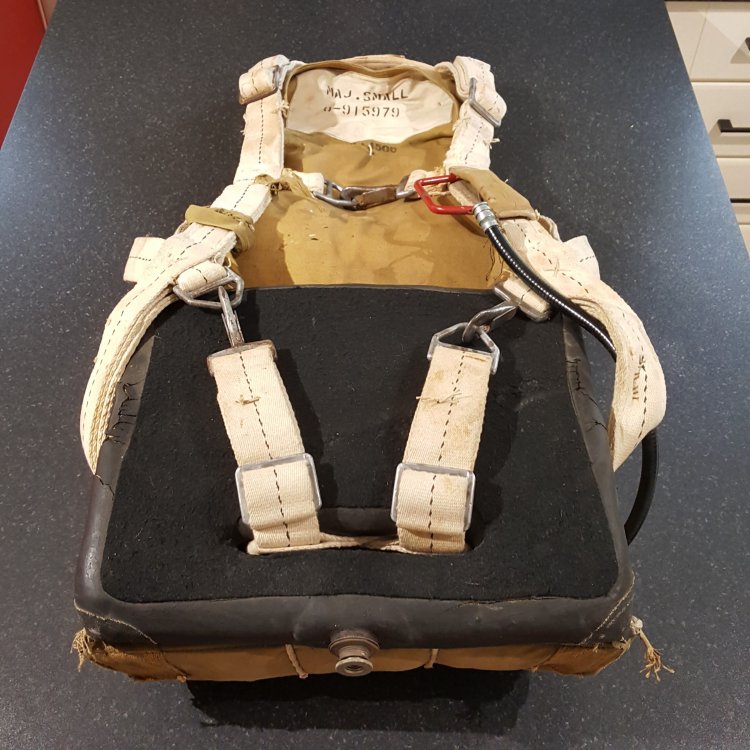
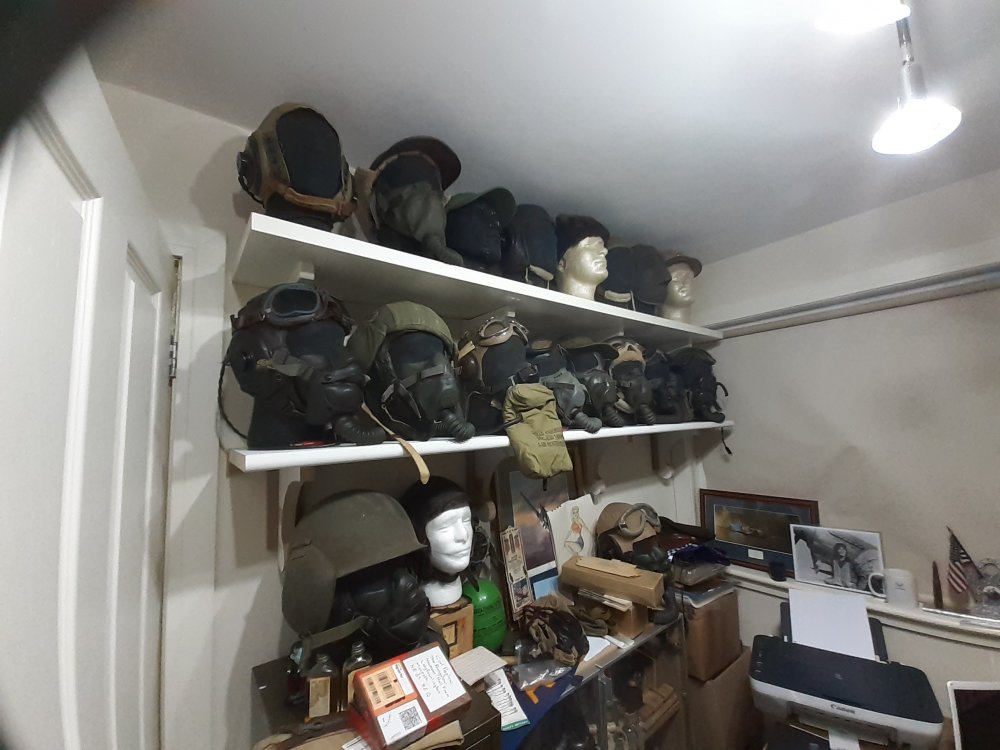
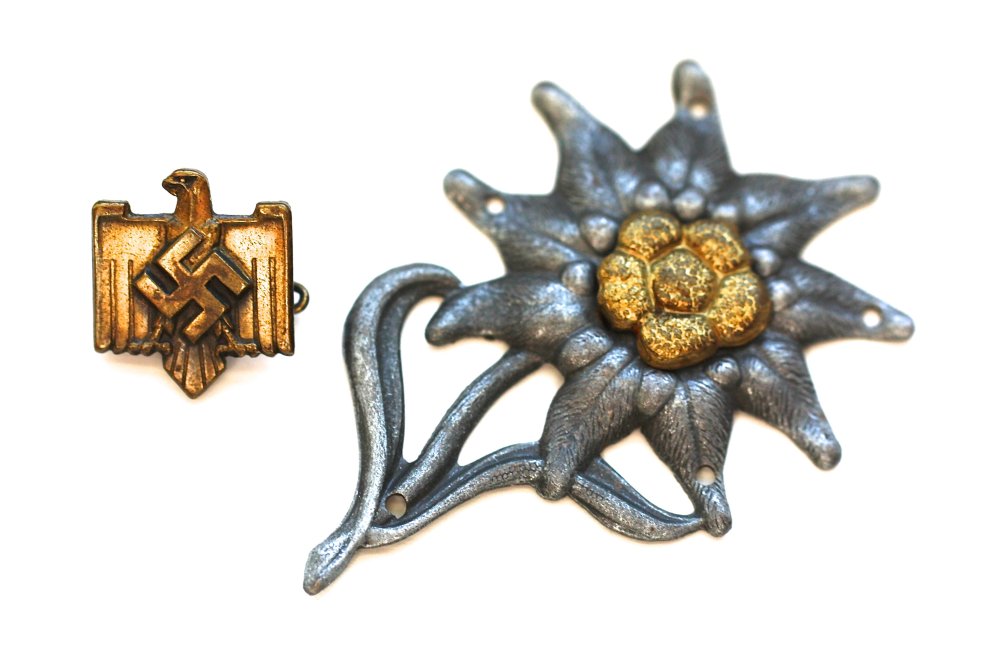
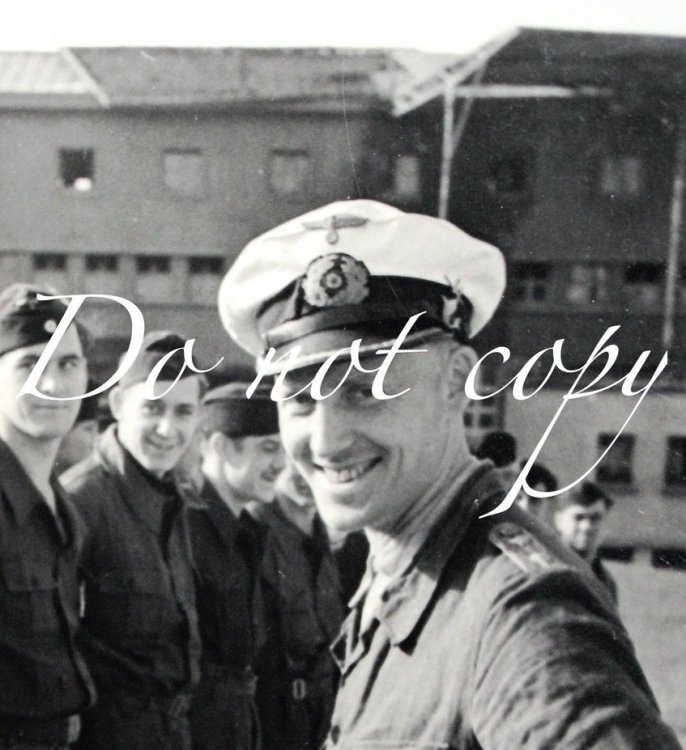
.thumb.jpg.893384dbd7d5e611fdc98a8071f965da.jpg)
.thumb.jpg.51afdcf738320bce054f37df46a34d07.jpg)
.thumb.jpg.0962bd7fe5c828be9e0fab135d63ff86.jpg)
.thumb.jpg.3fe694b619f8d5fb43d199bd7d796a44.jpg)
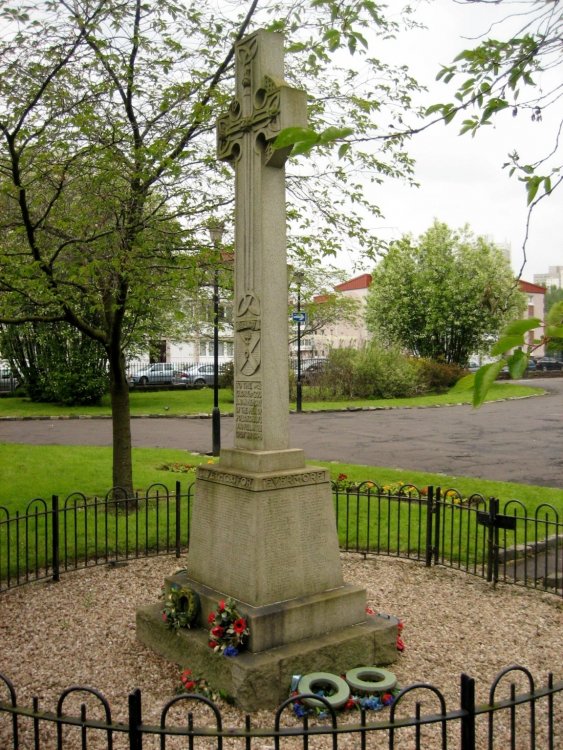
.thumb.jpg.1cc6d51fc9c8b0ff458f4391cc0b72b8.jpg)
